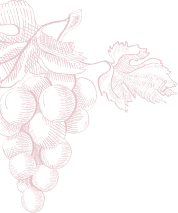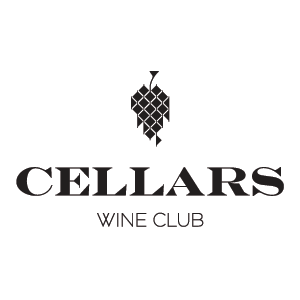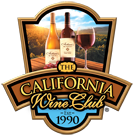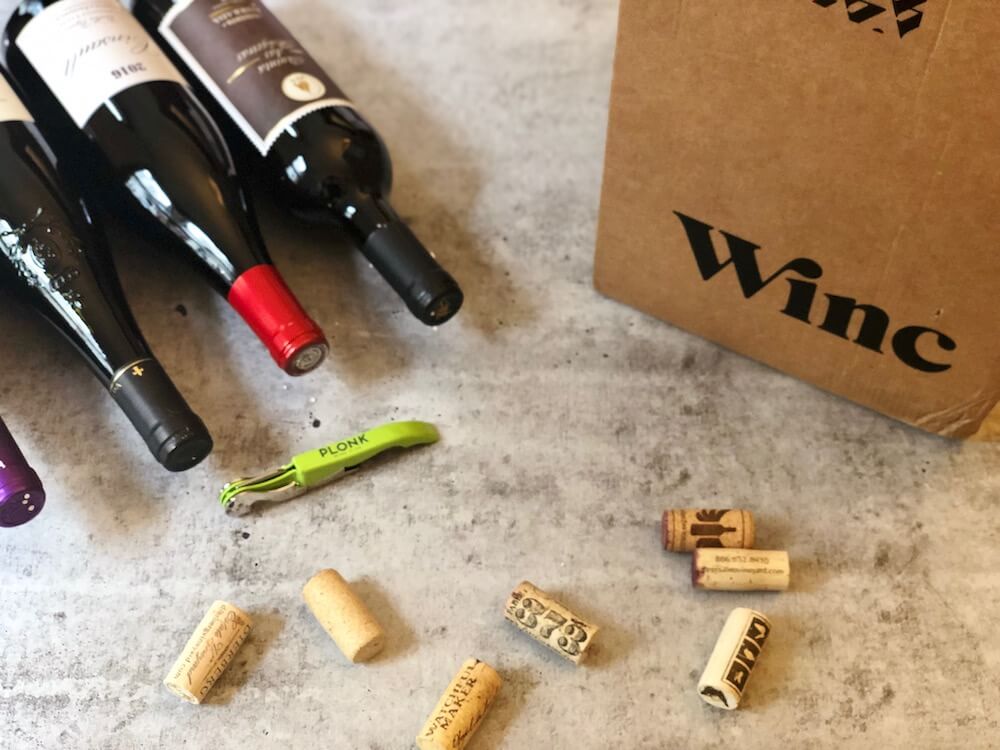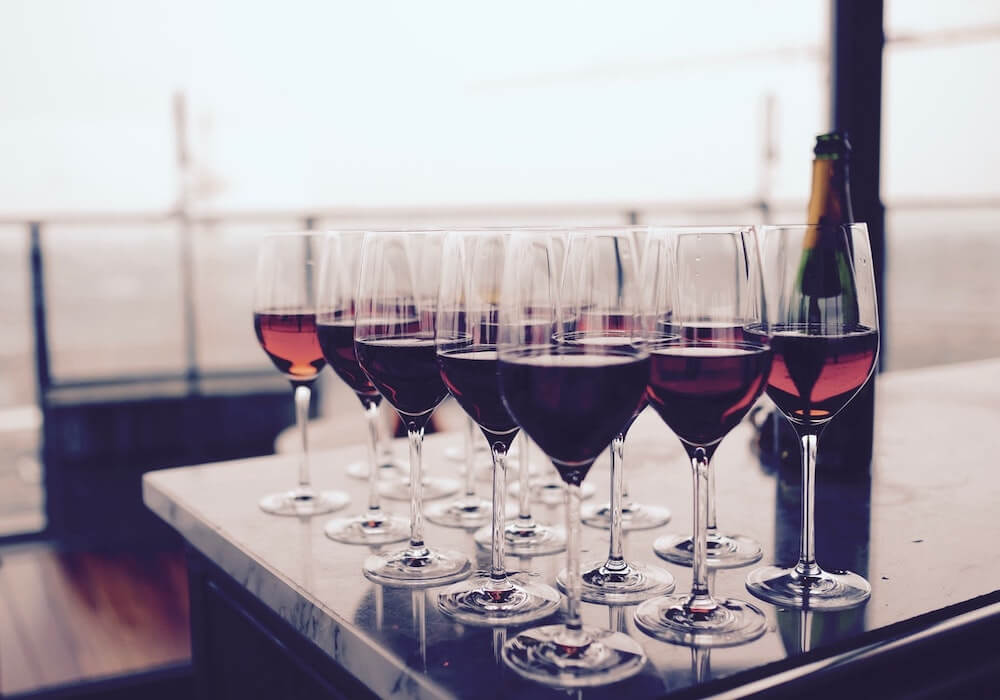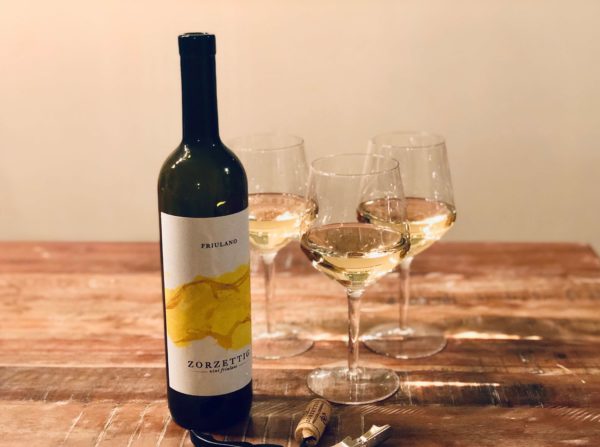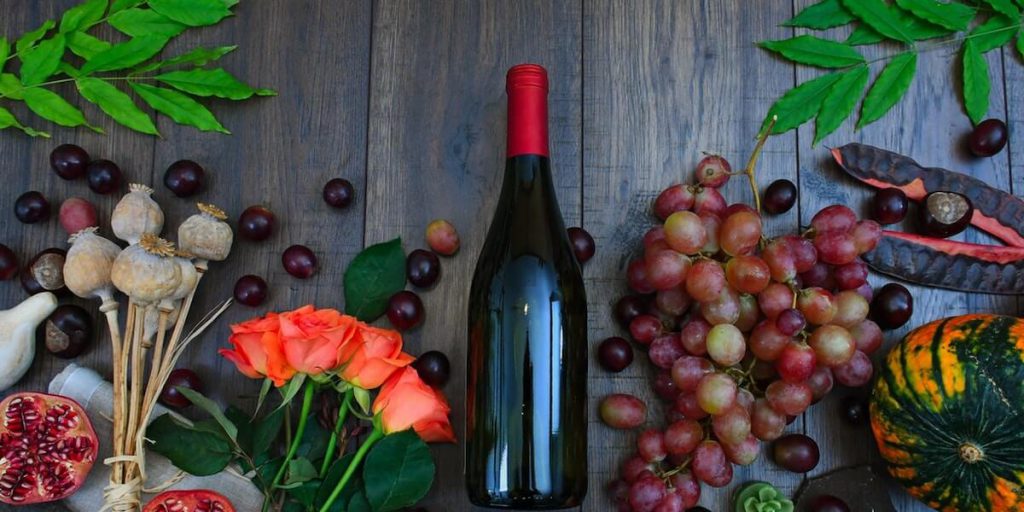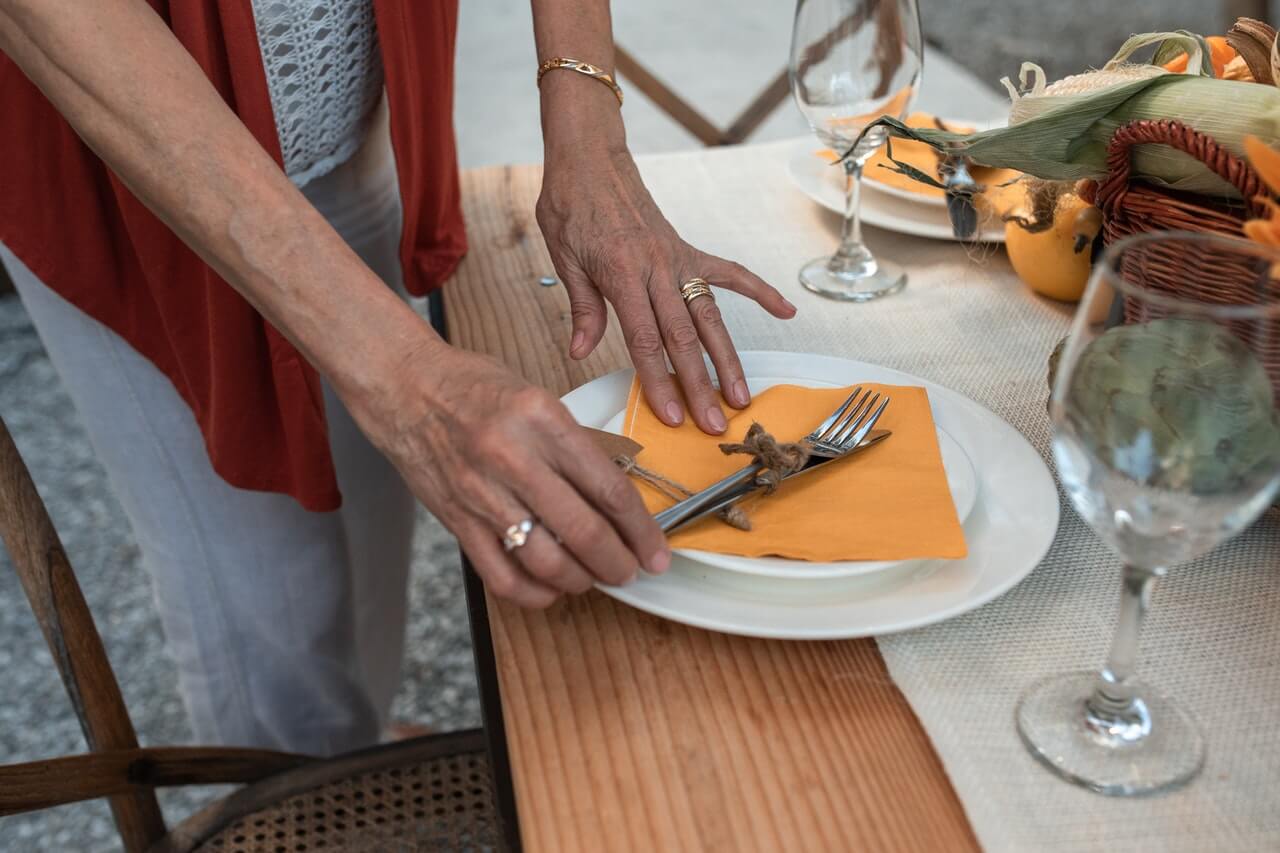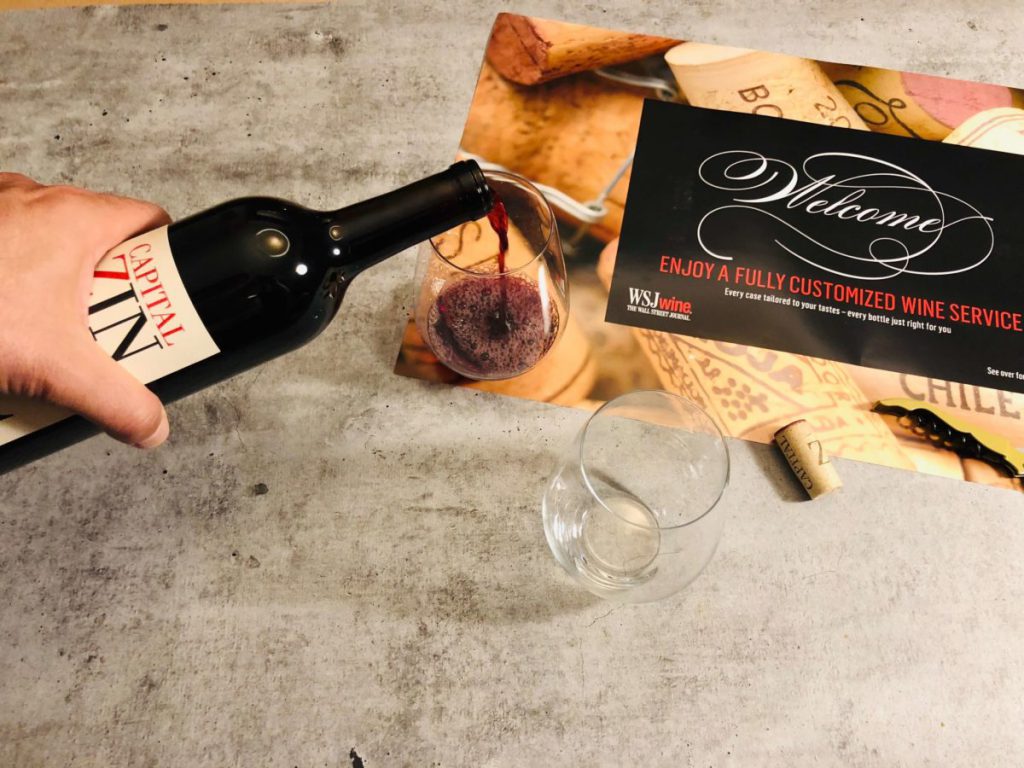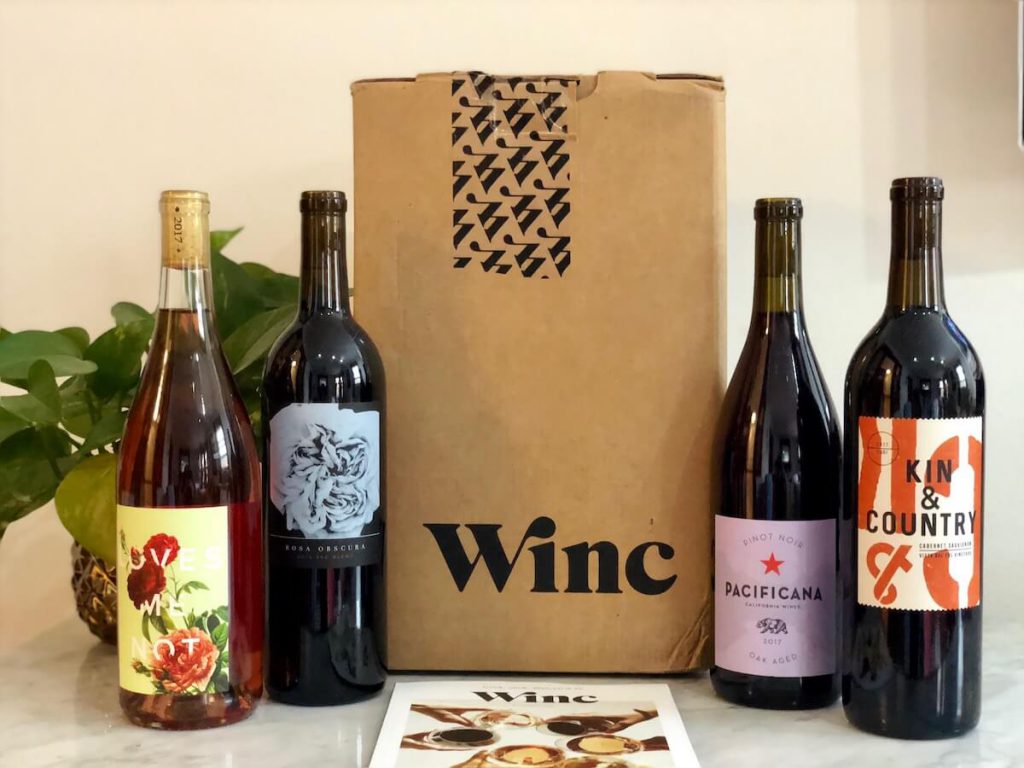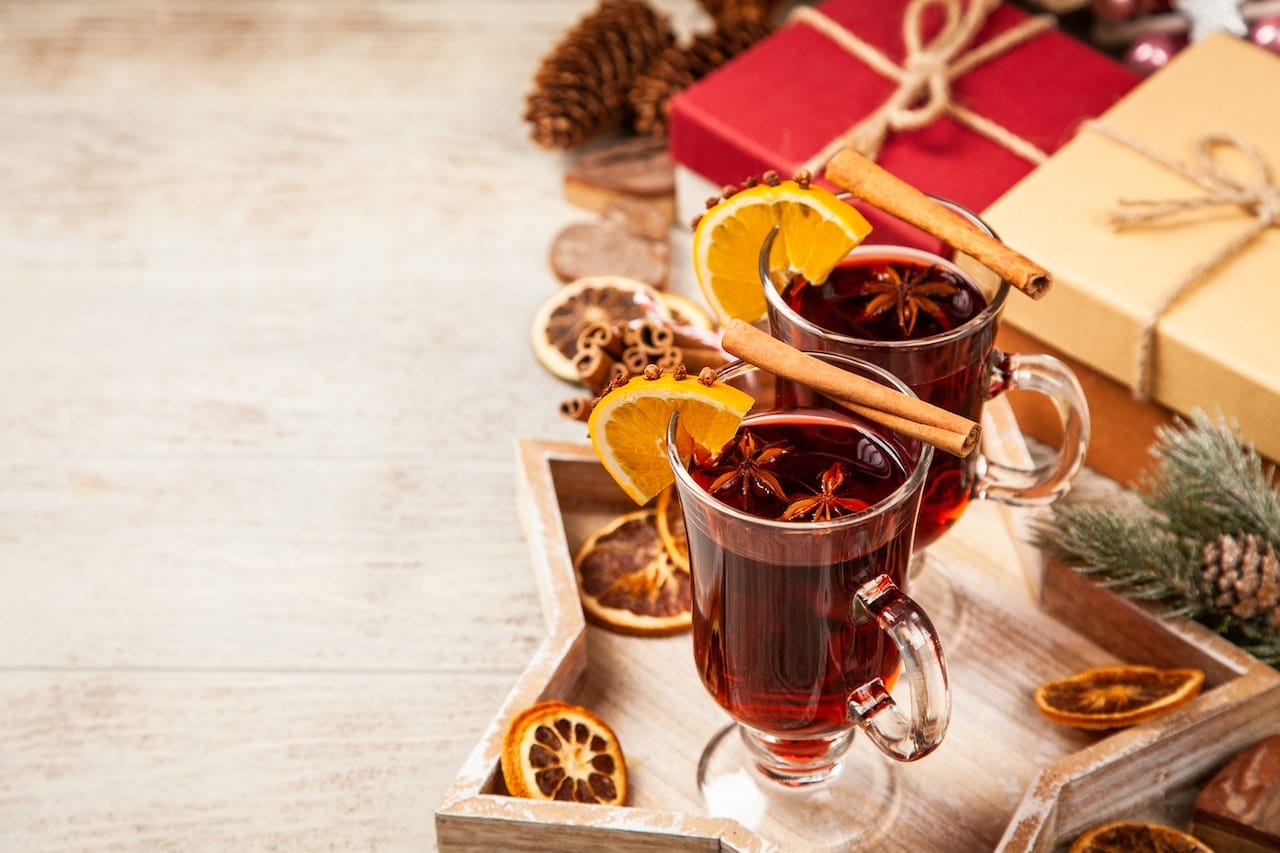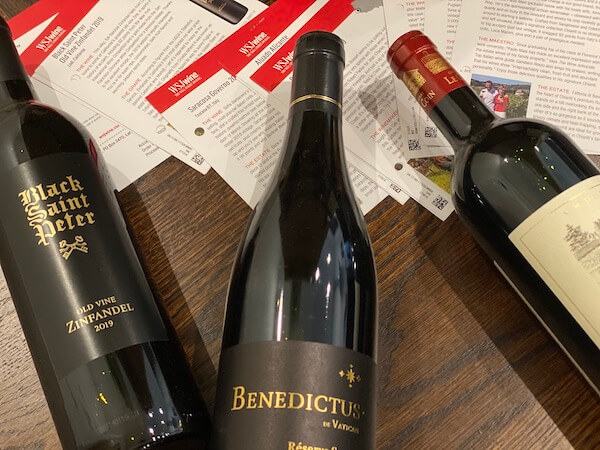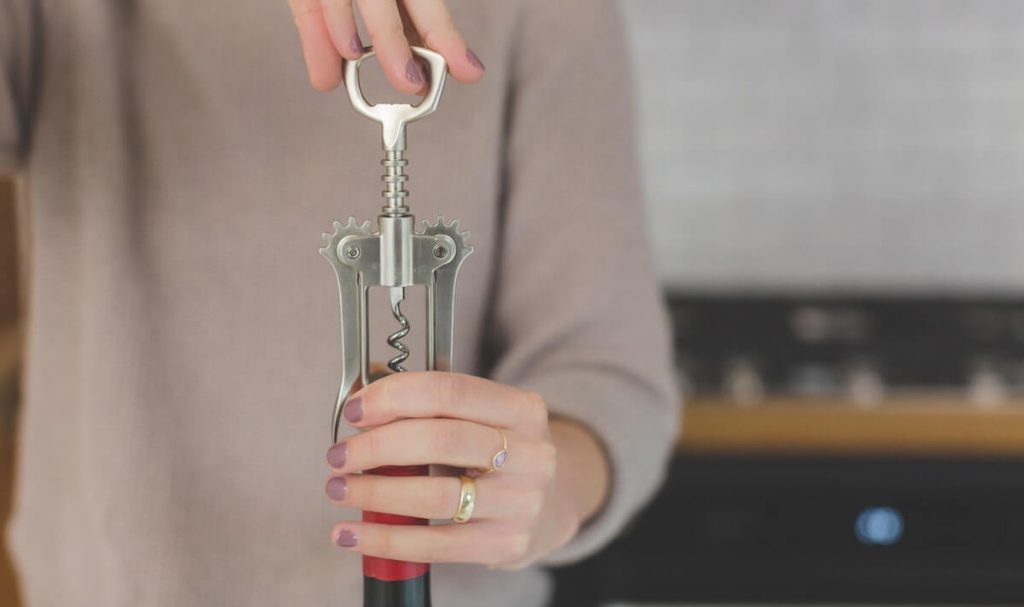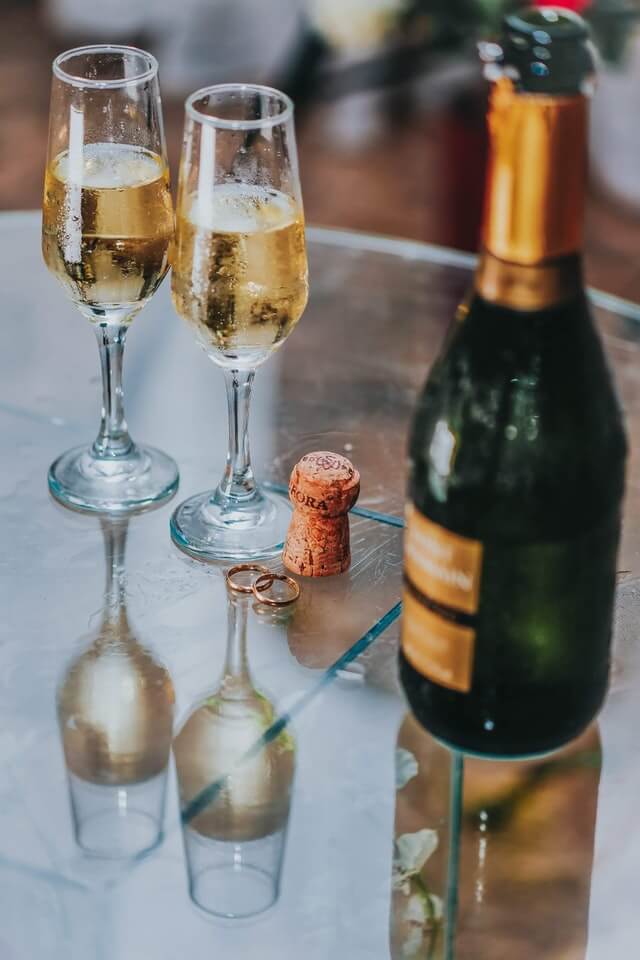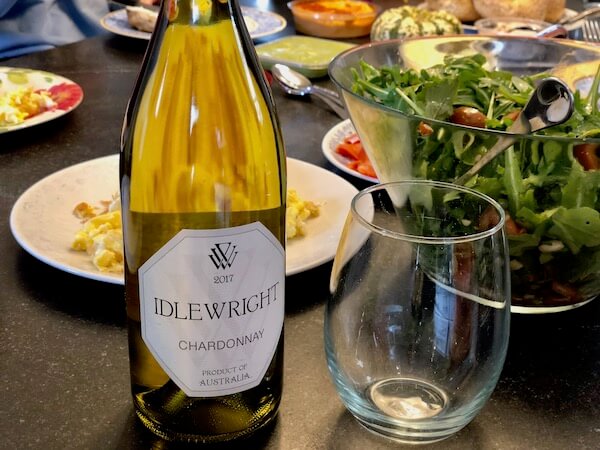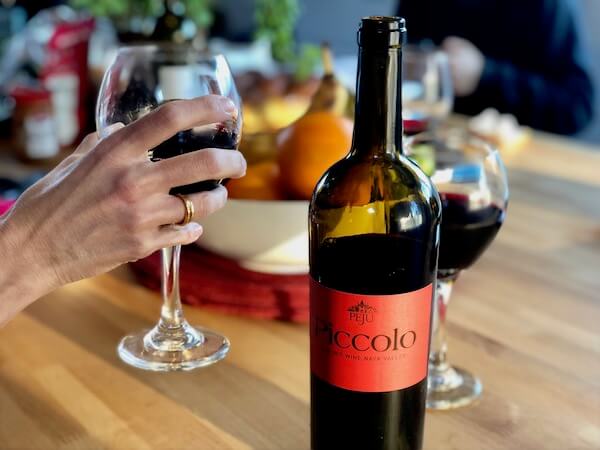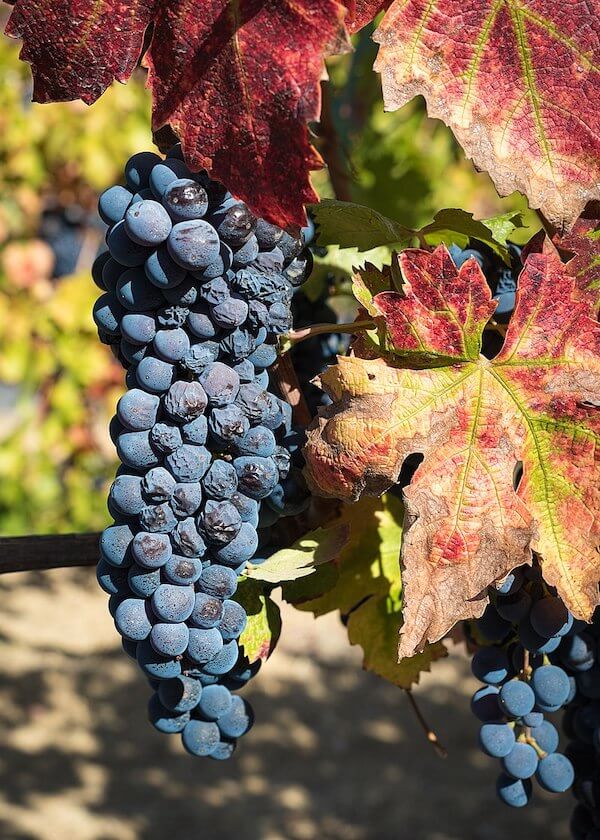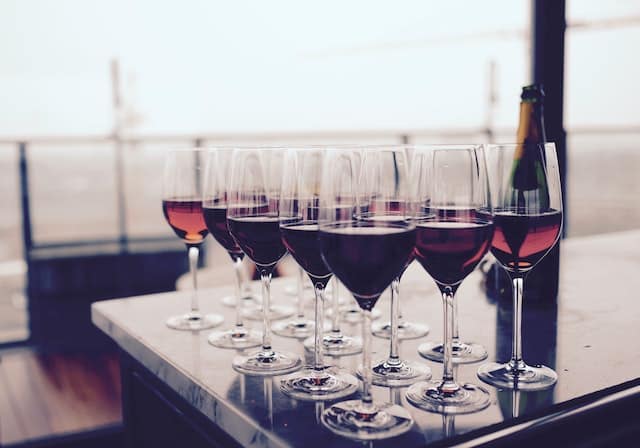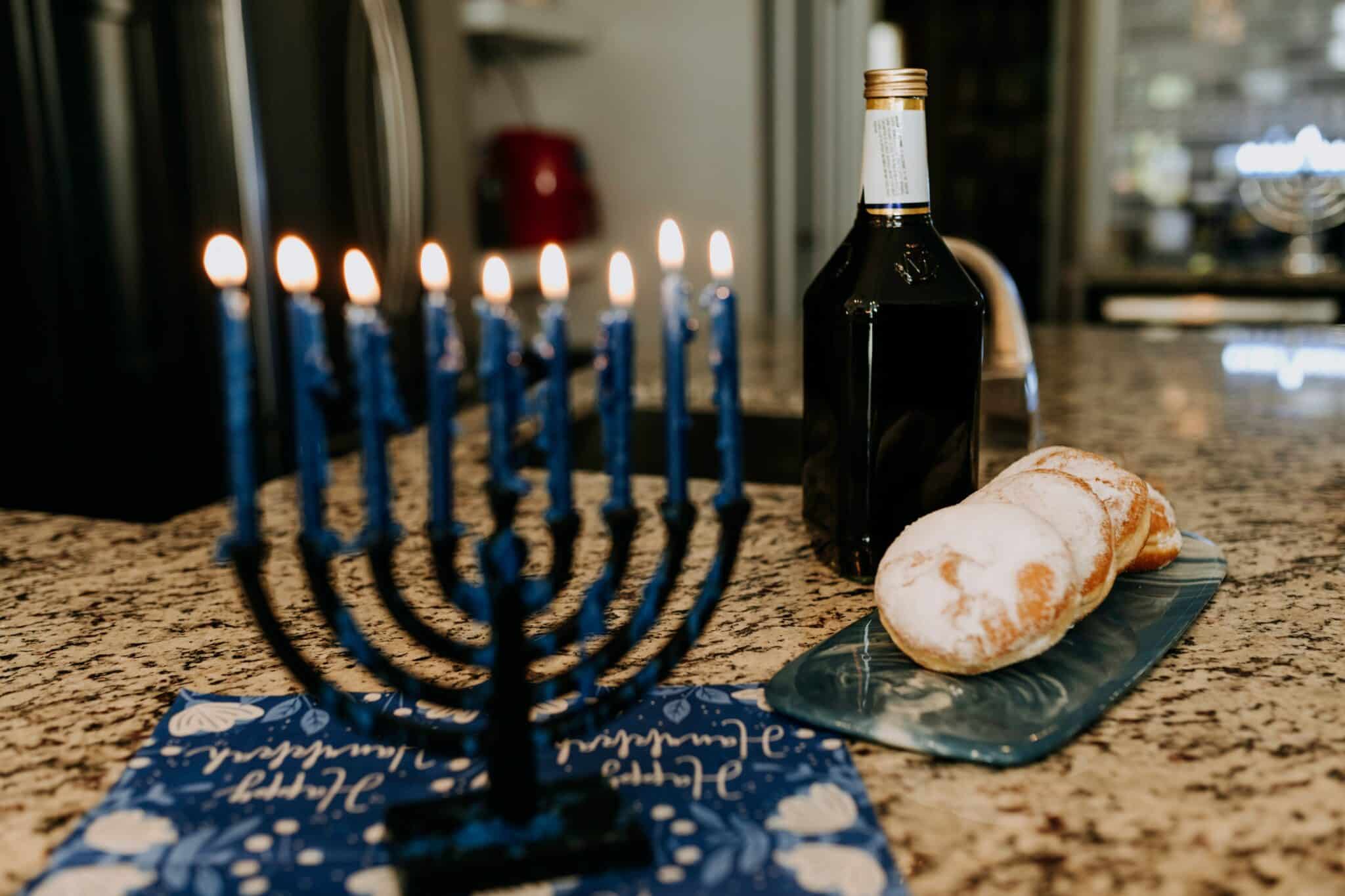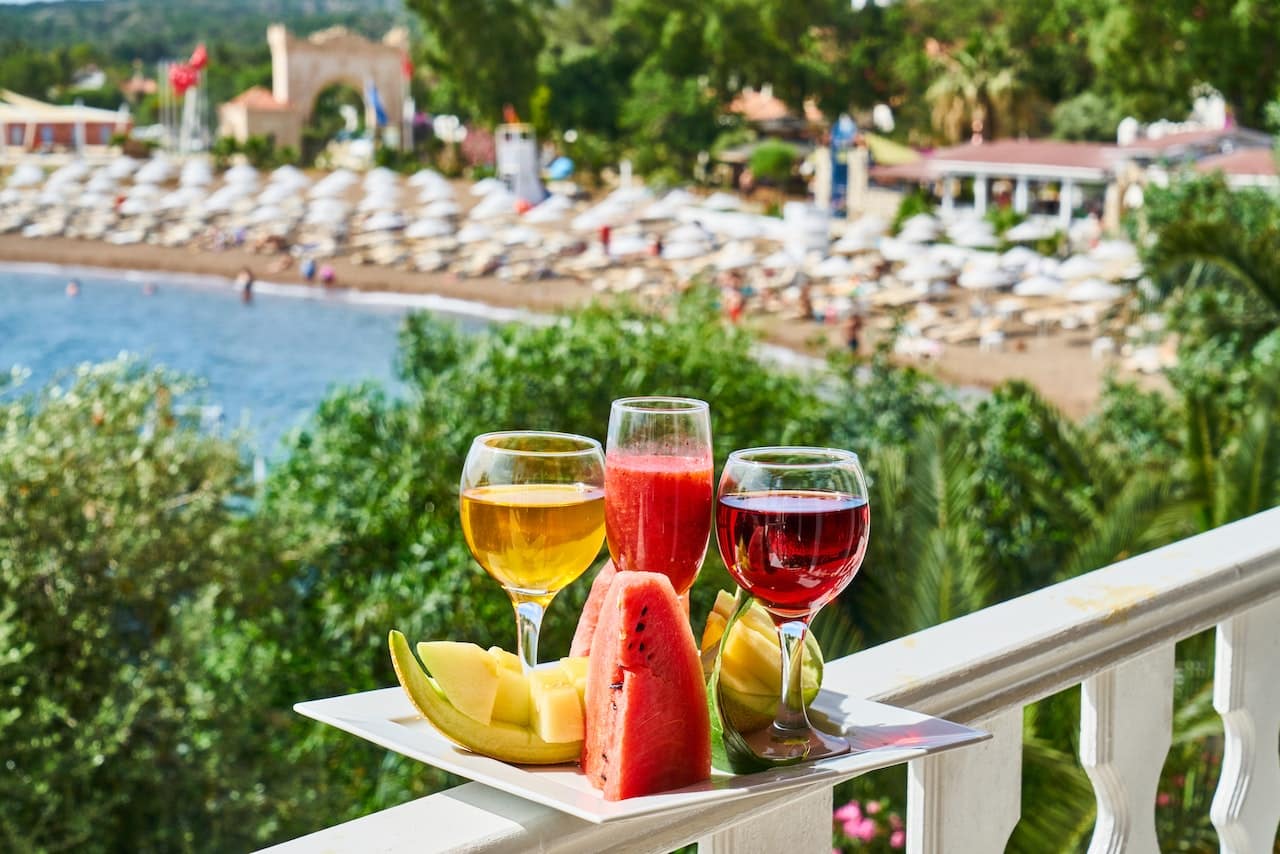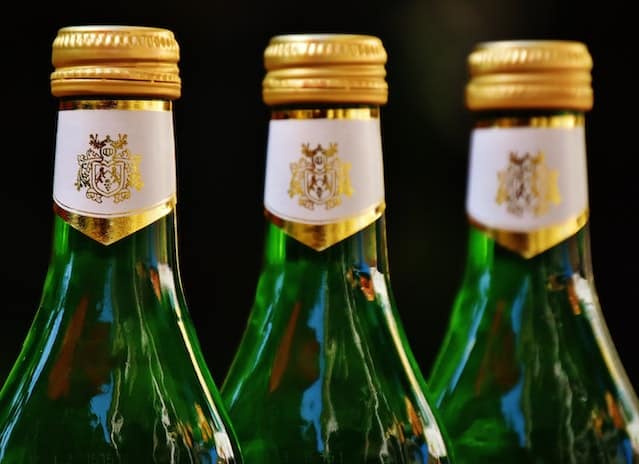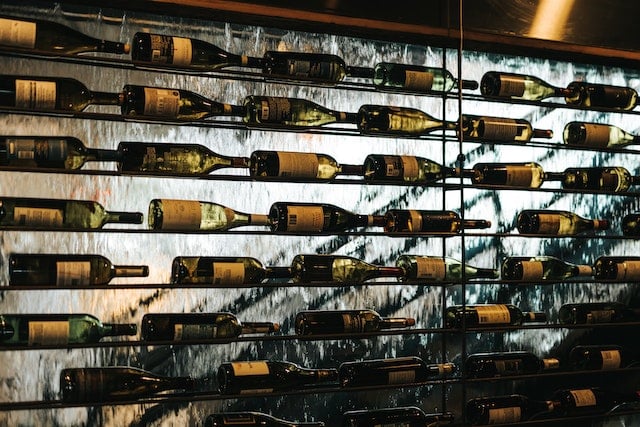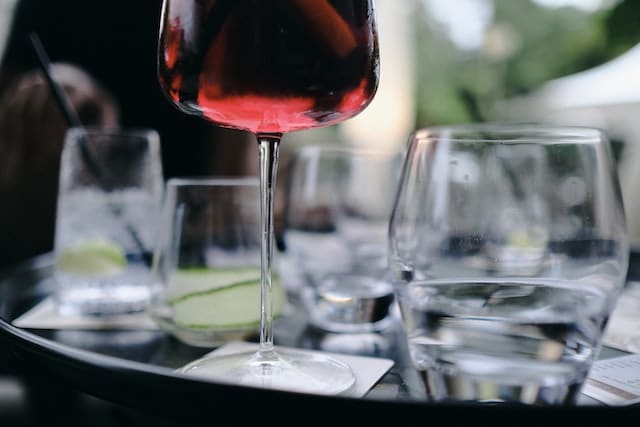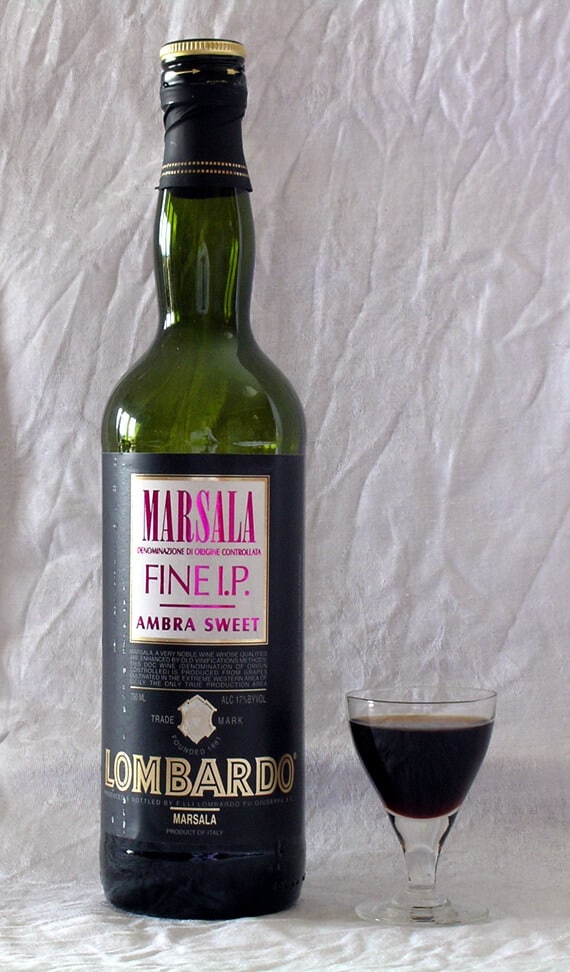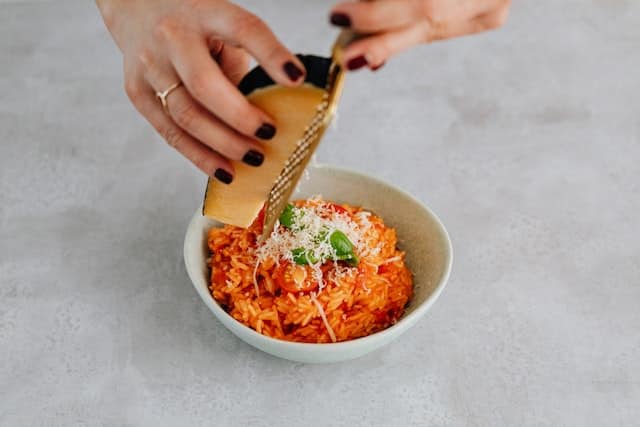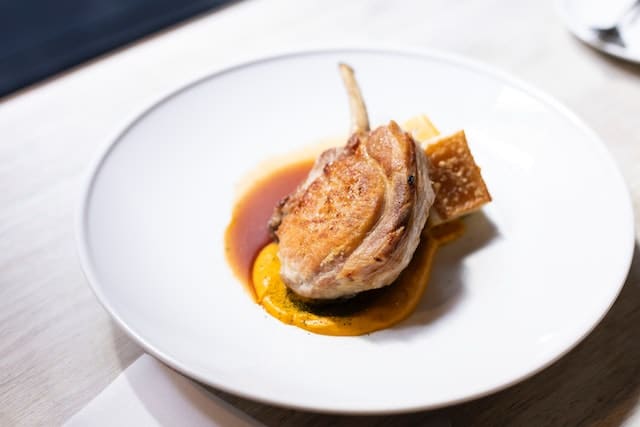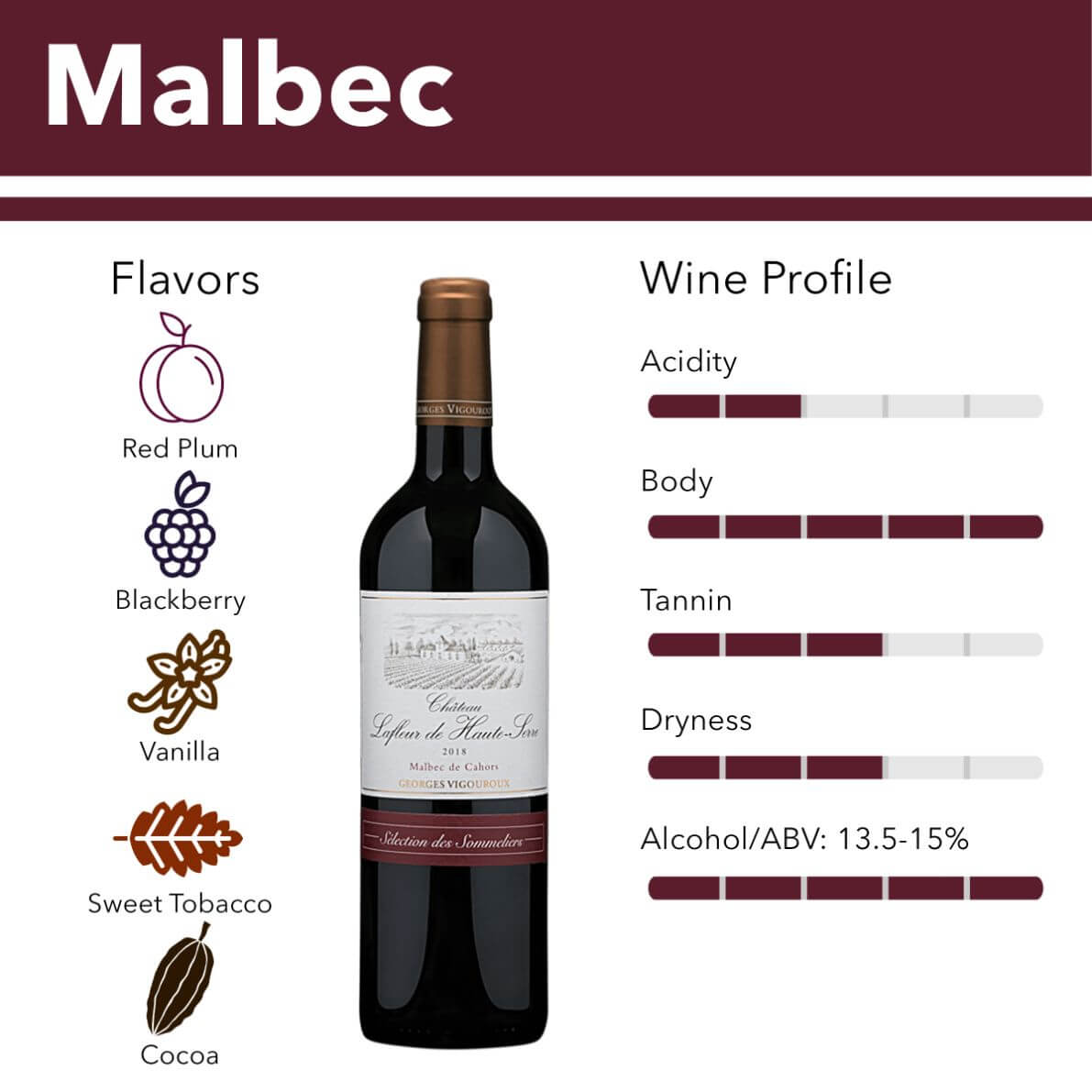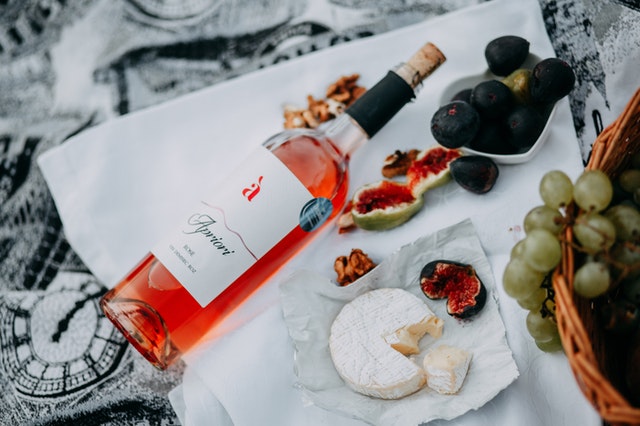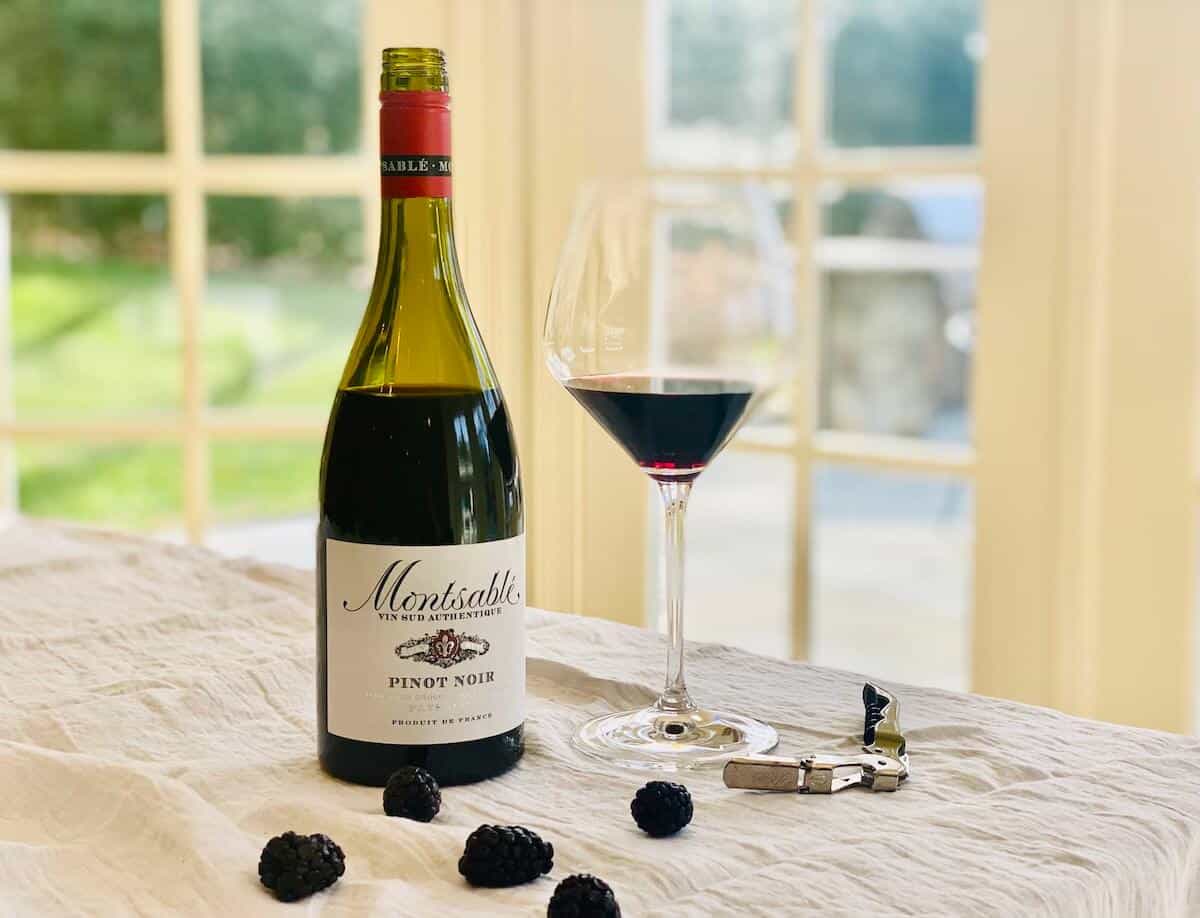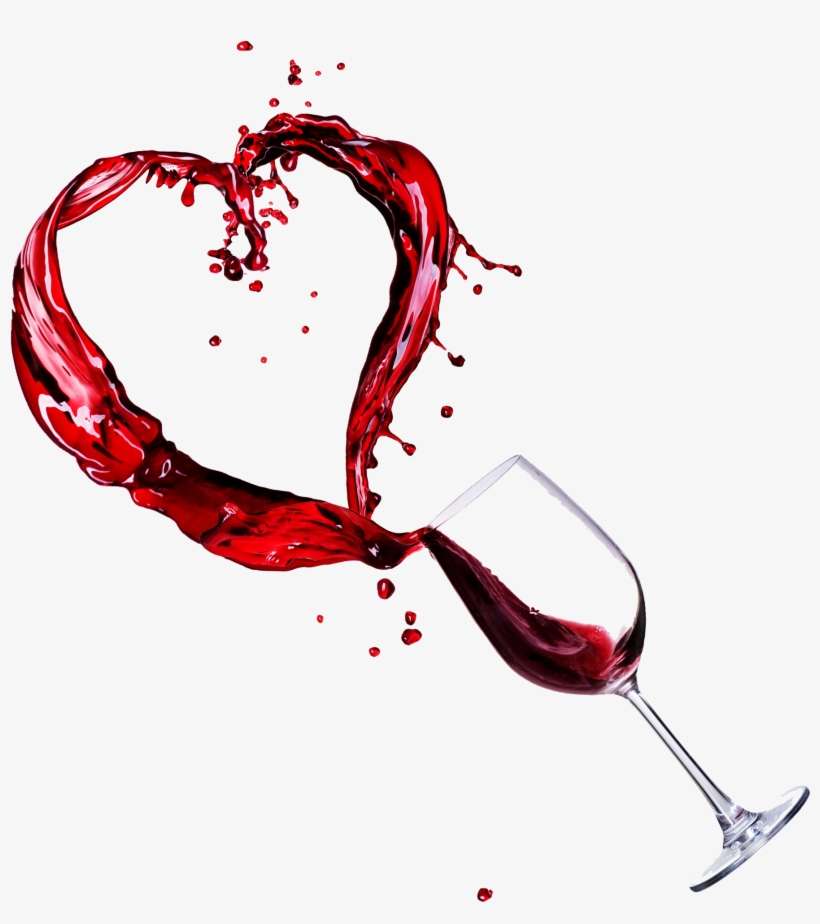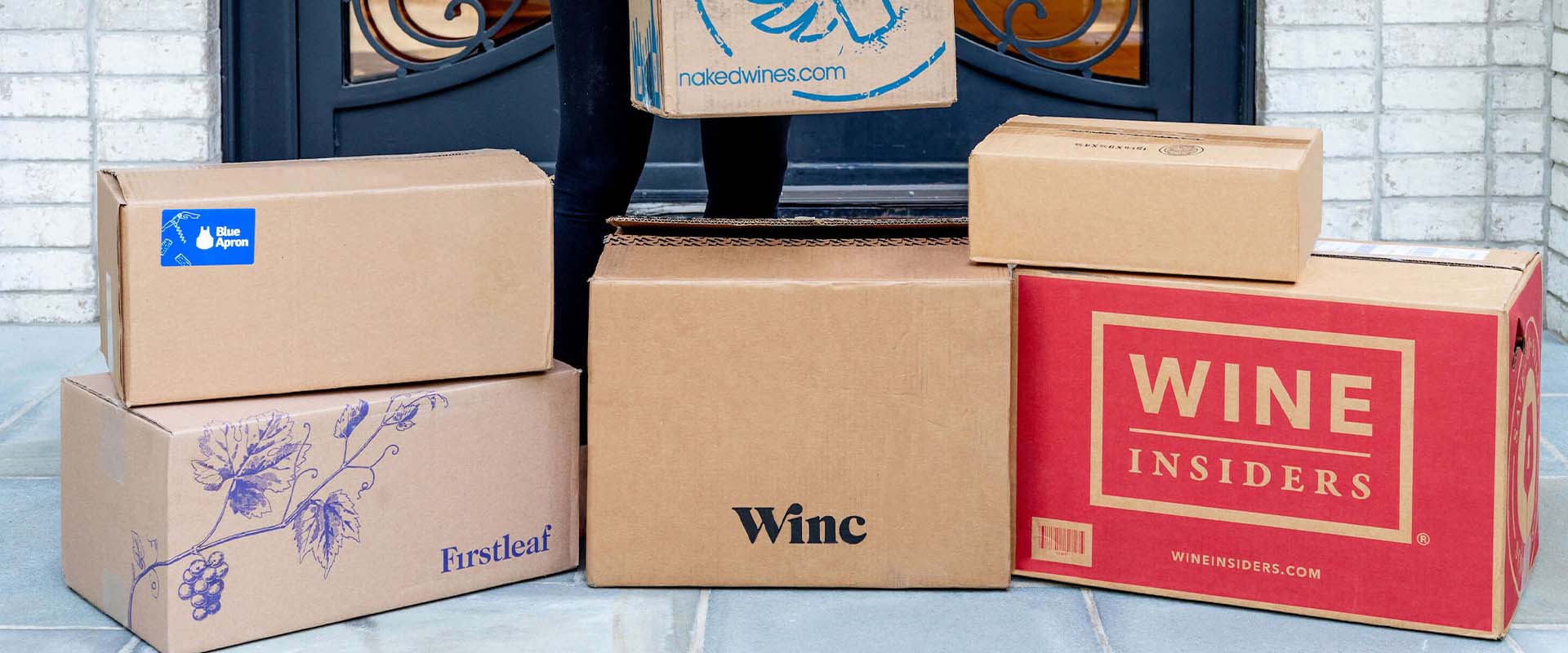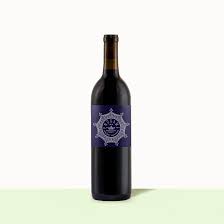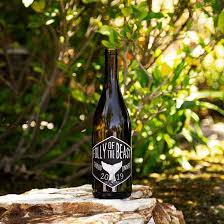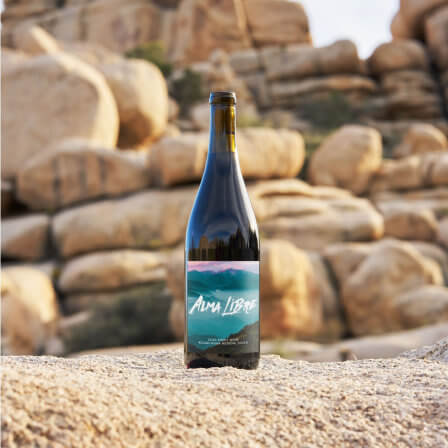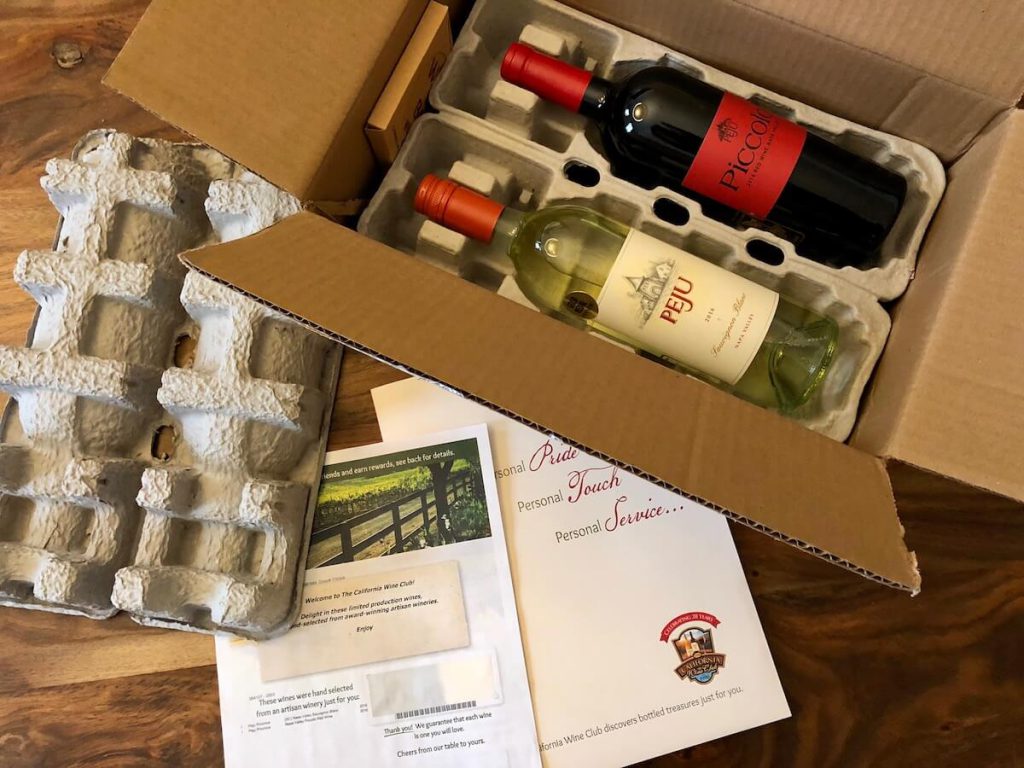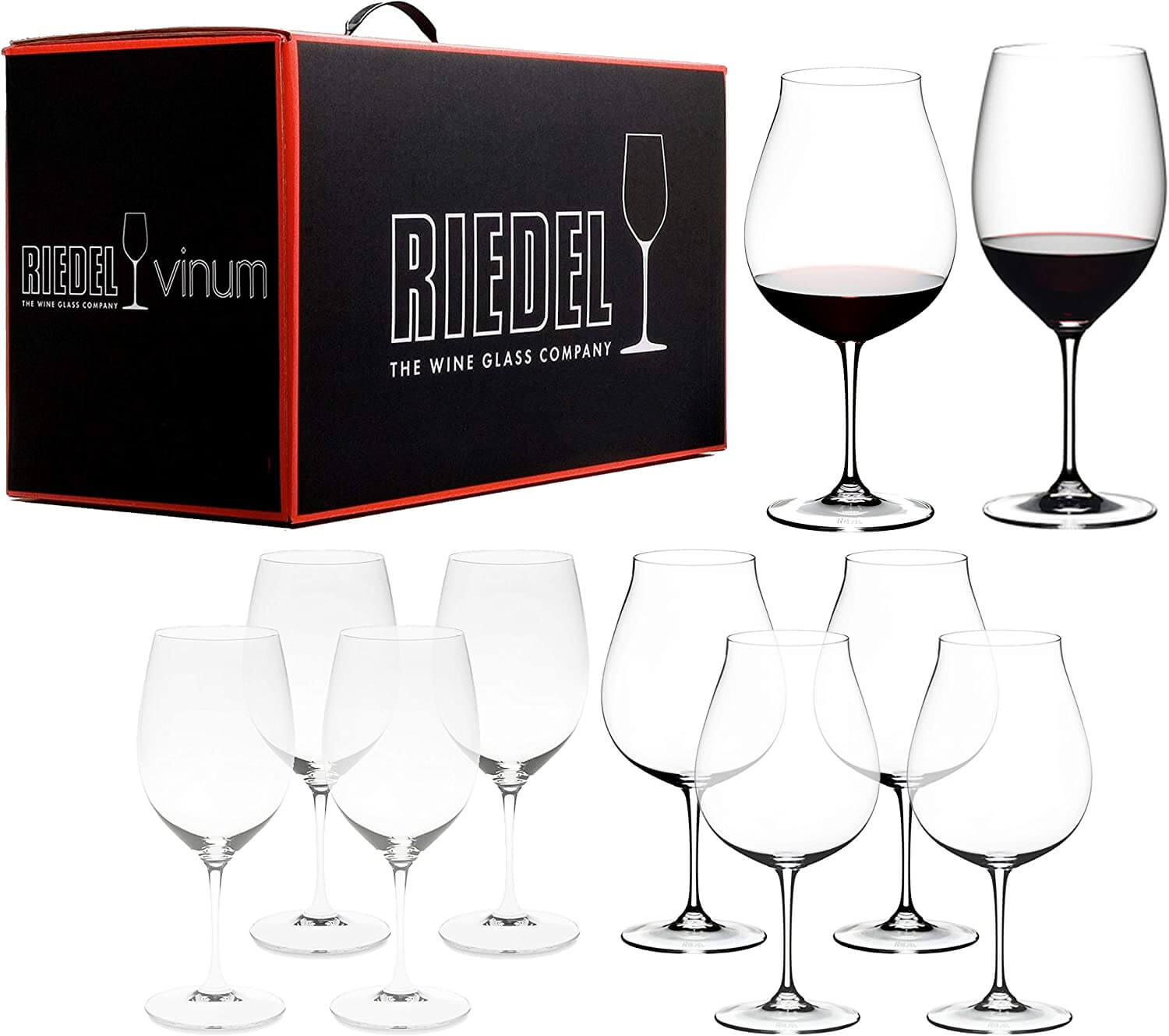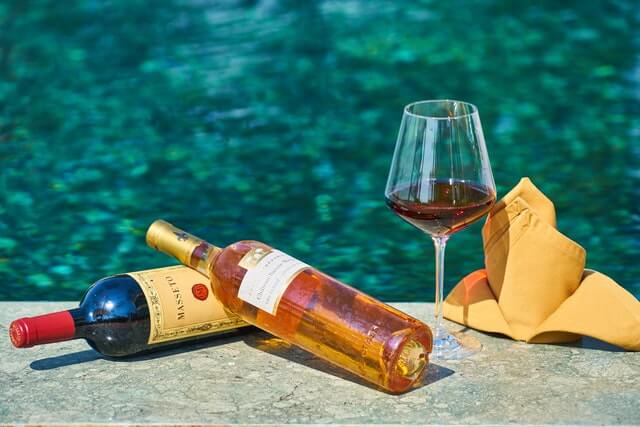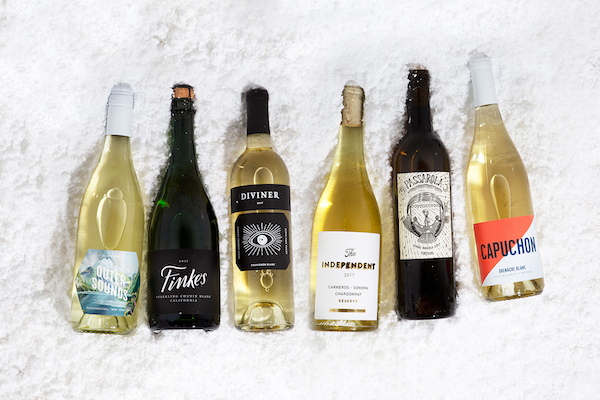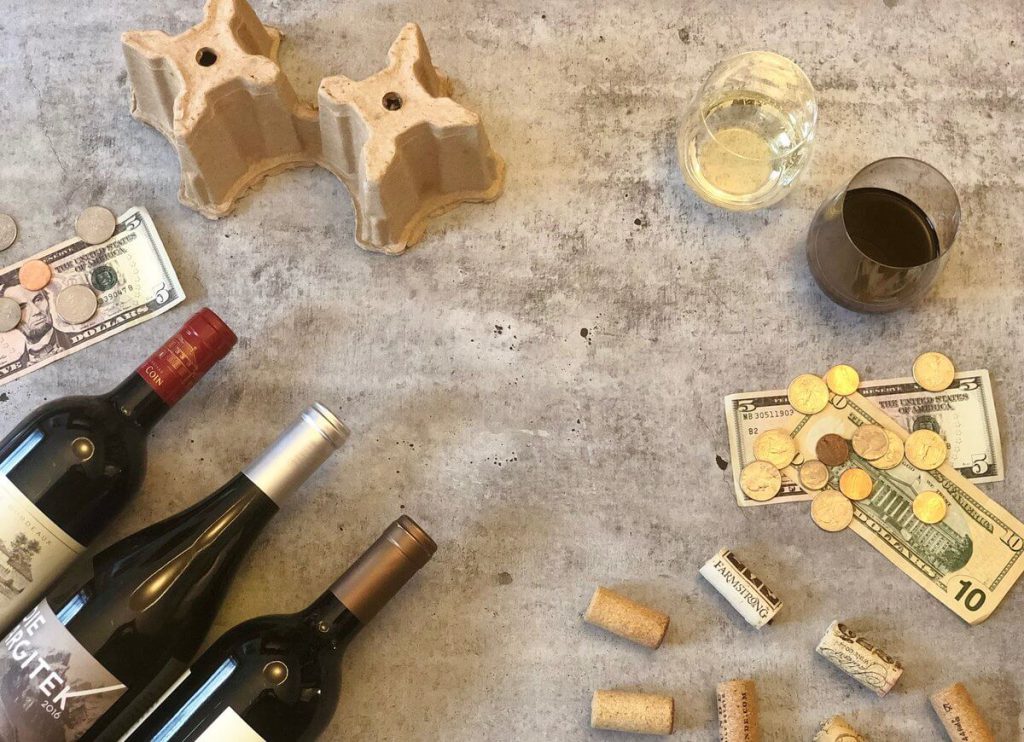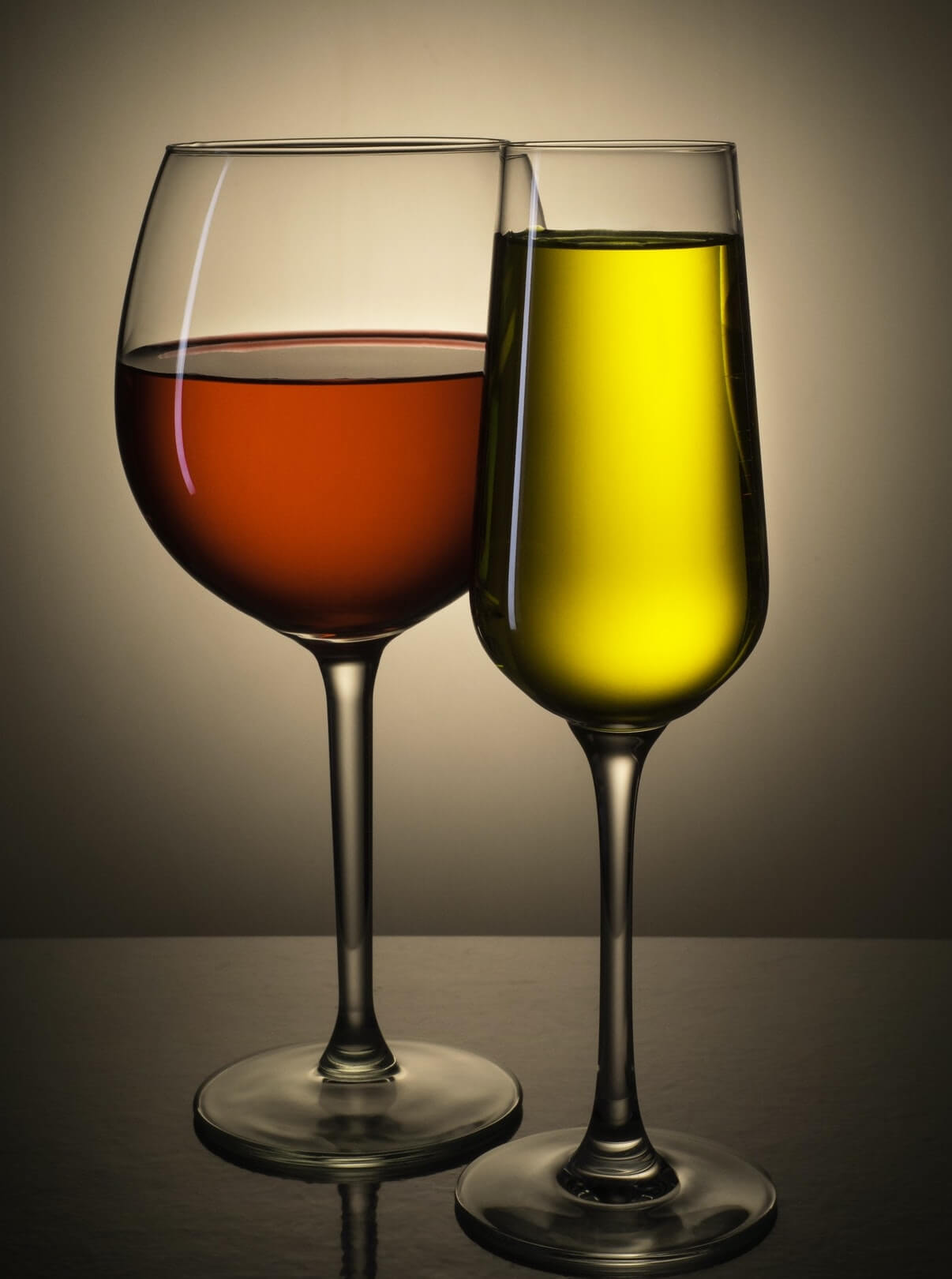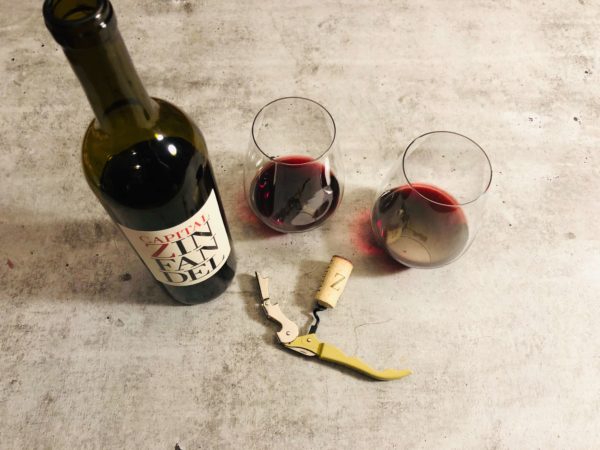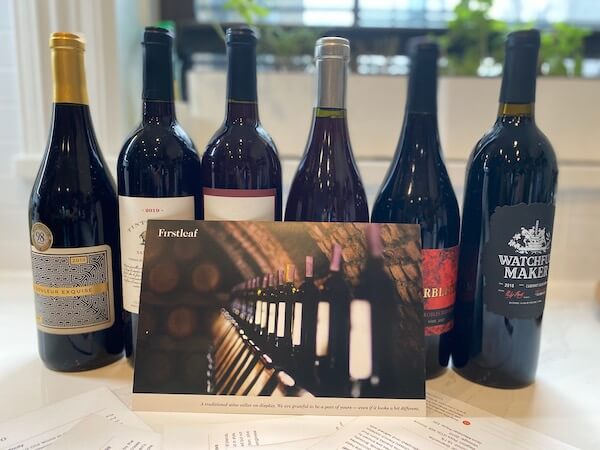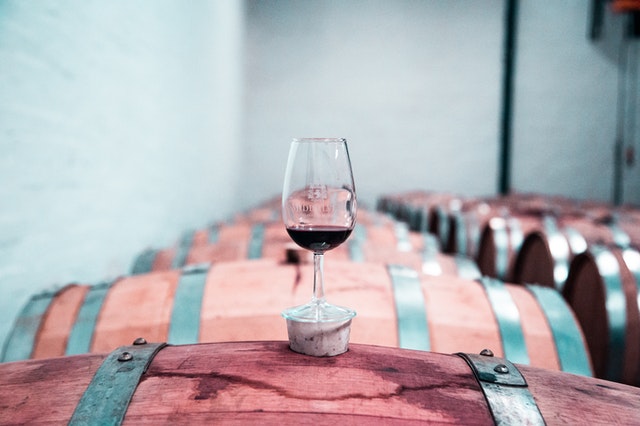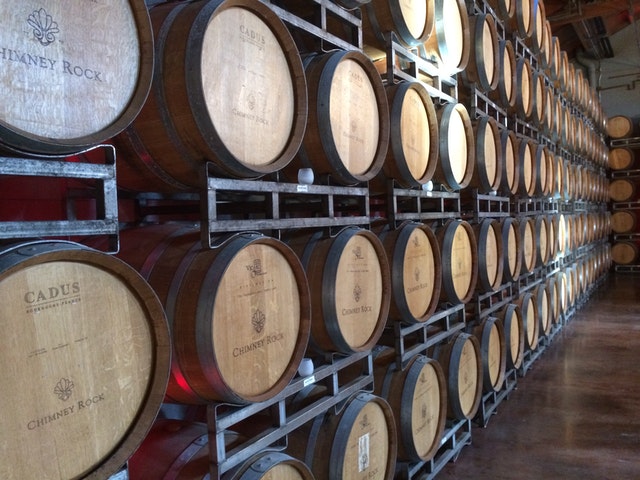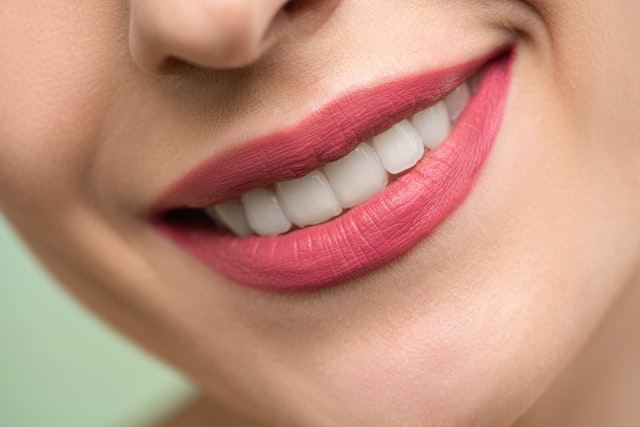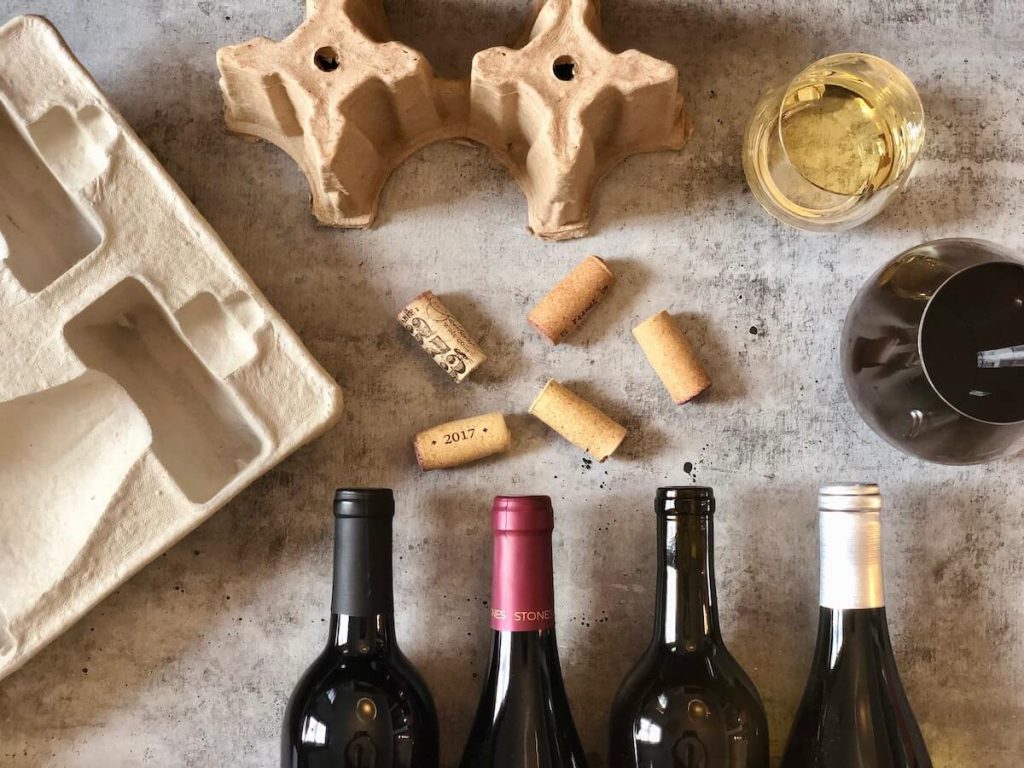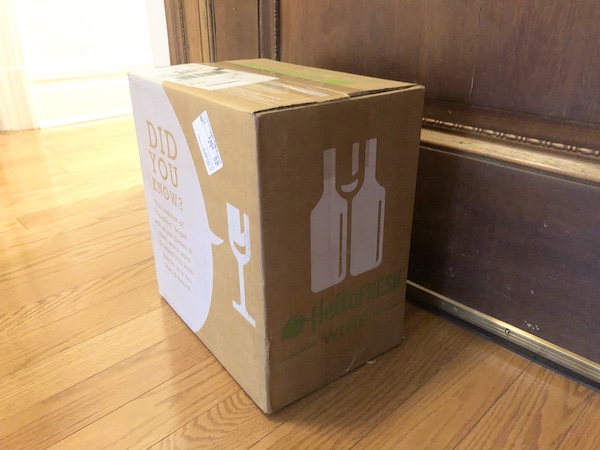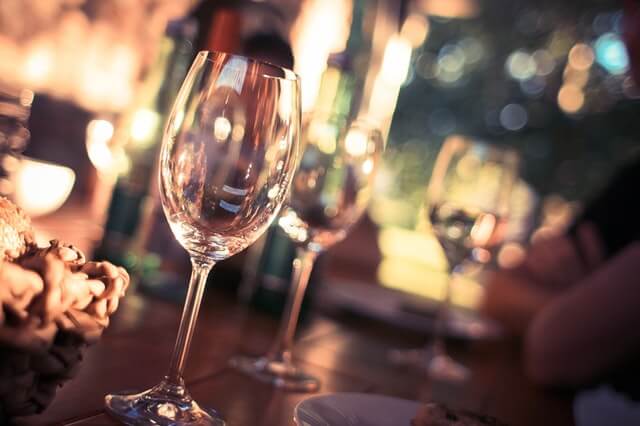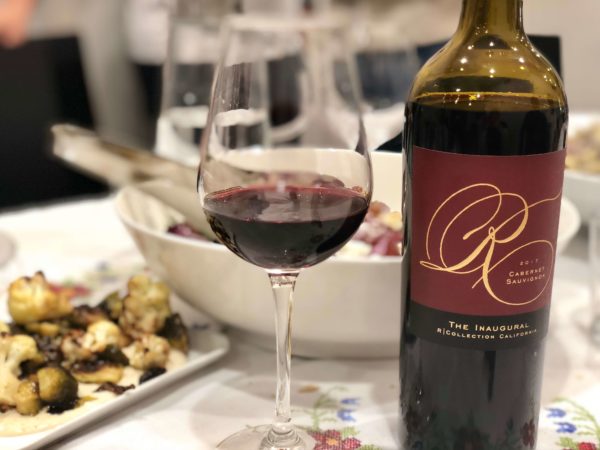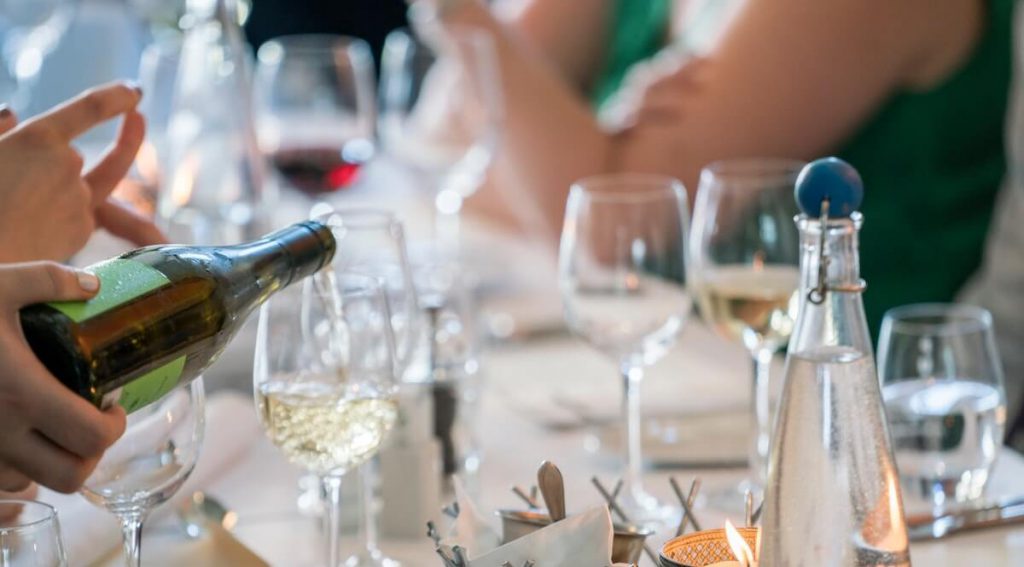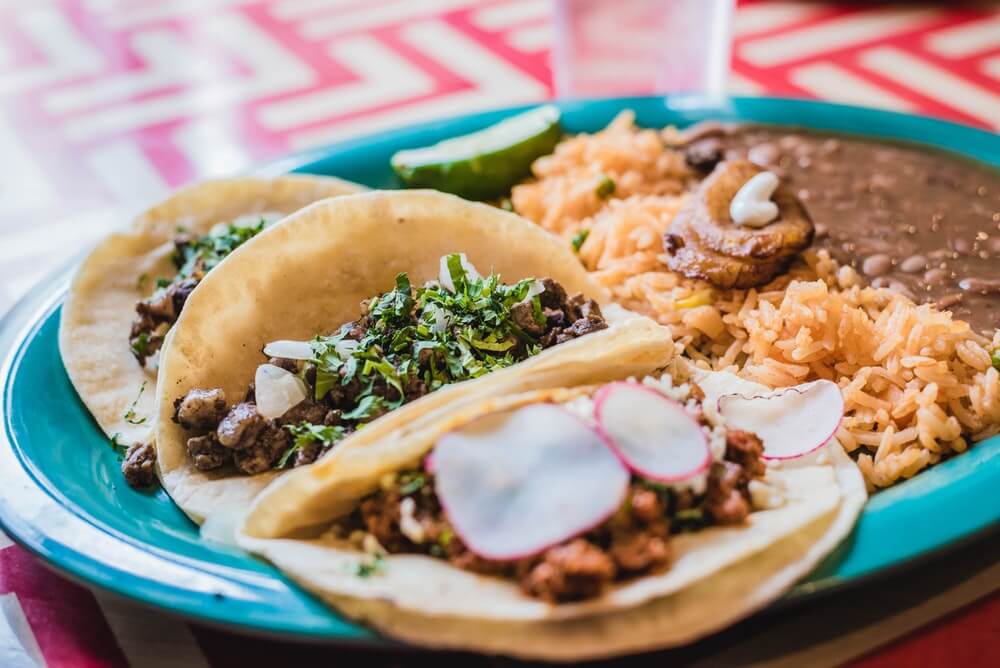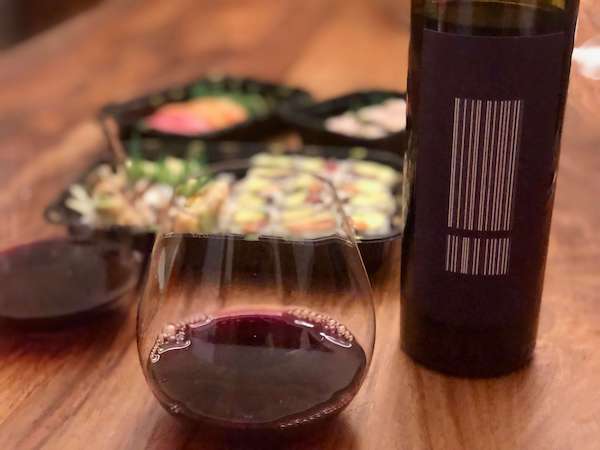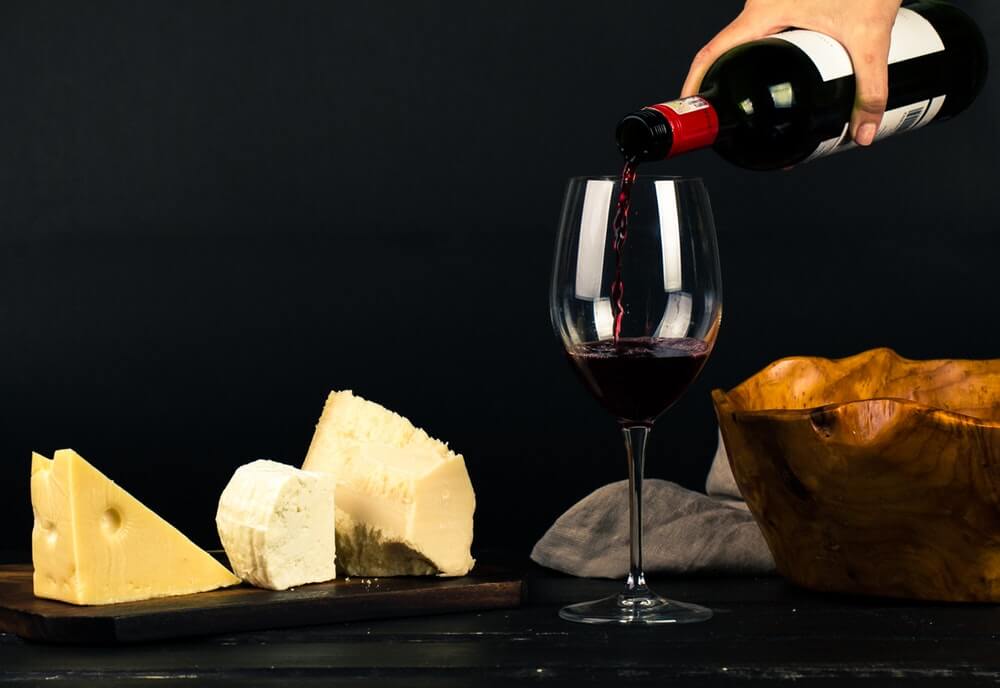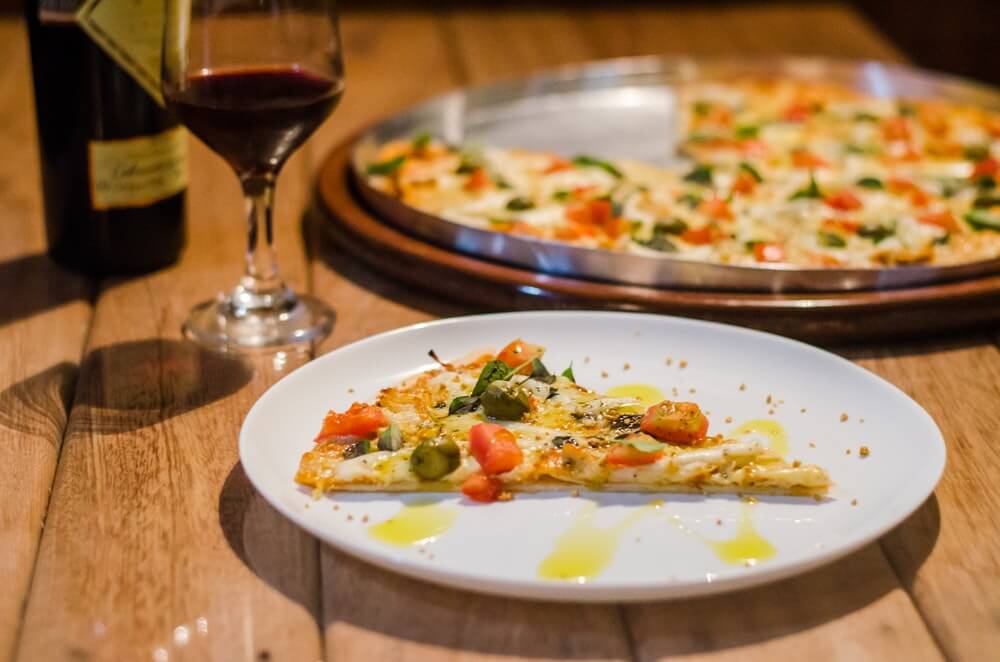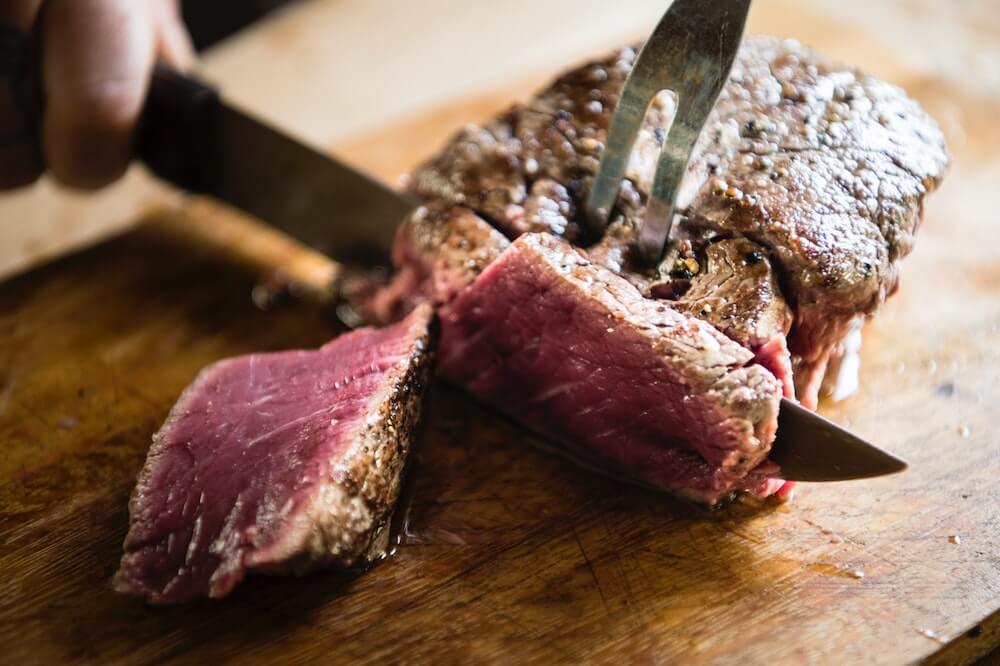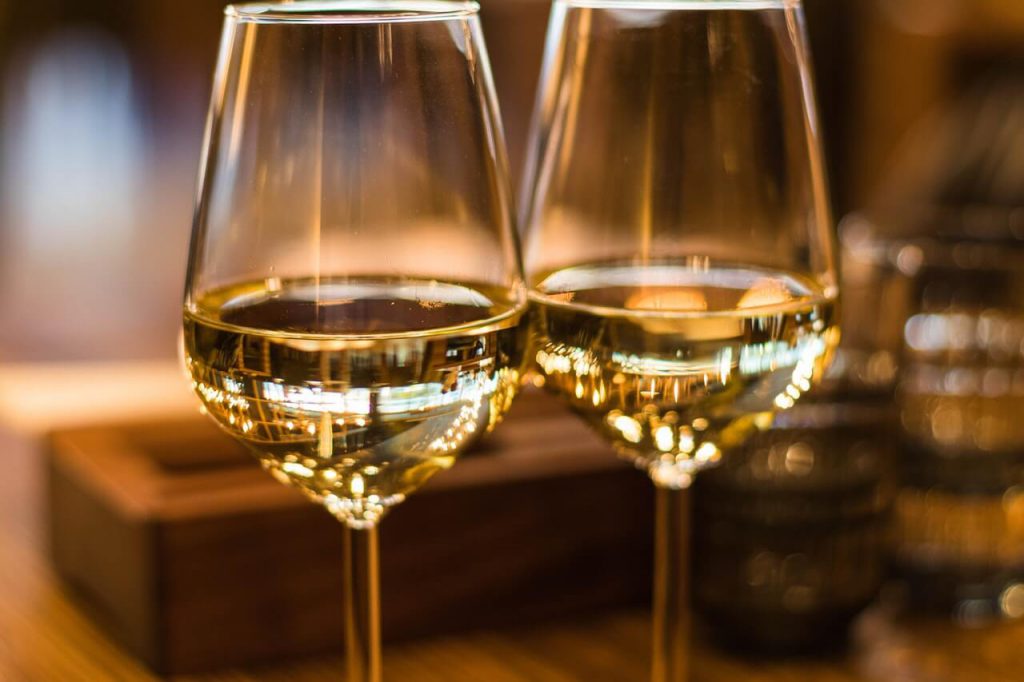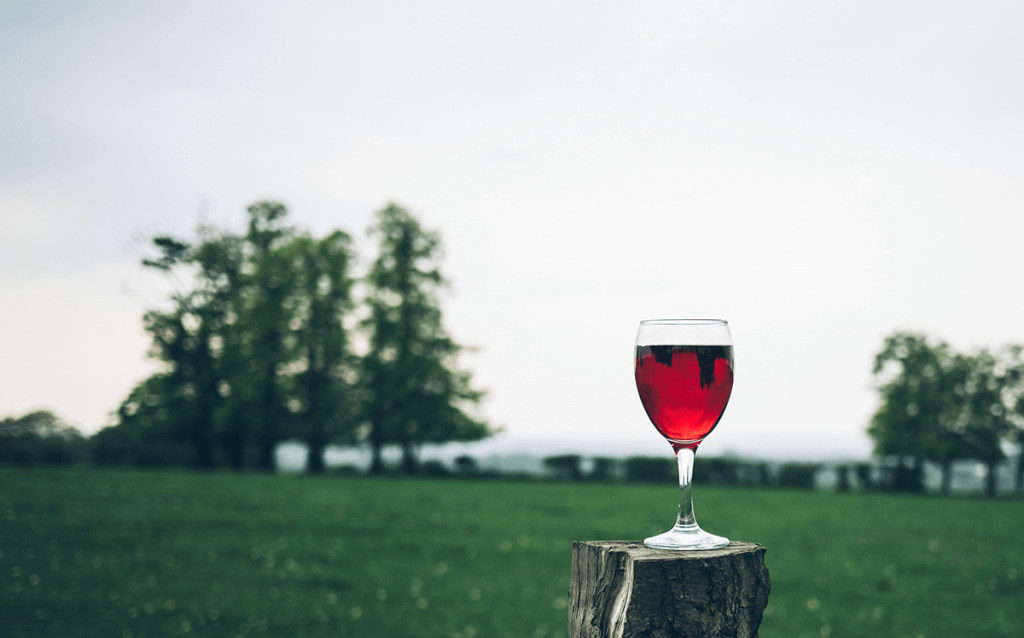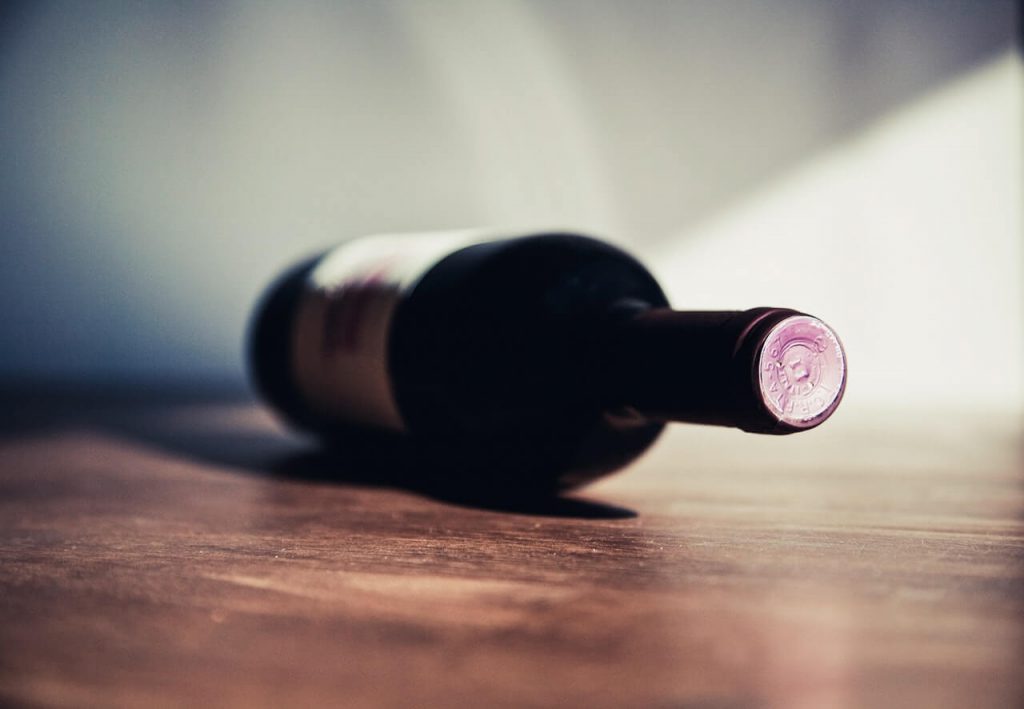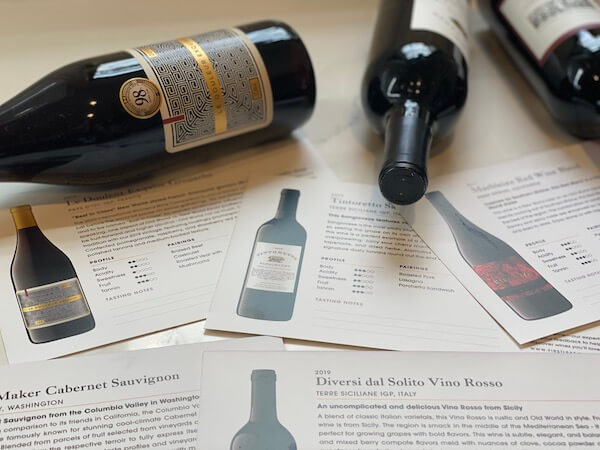TLDR; see here the main differences between Cabernet Sauvignon and Merlot wine:
When it comes to red wines, few varietals are as renowned and widely enjoyed as Cabernet Sauvignon and Merlot. Both hailing from the Bordeaux region in France, these grapes have captured the hearts of wine enthusiasts worldwide.
This article will delve into the differences and similarities between Cabernet Sauvignon and Merlot, exploring the history, characteristics, tasting notes, growing conditions, and ideal food pairings.
By the end, you’ll have a better understanding of these two popular wines and be able to make an informed choice when deciding to choose wine tasting between Cabernet and Merlot.
Cabernet Sauvignon Vs. Merlot – Main Differences and Similarities
First, a lil’ History on Merlot and Cabernet – The Flagship Grapes of Bordeaux Region
Merlot and Cabernet Sauvignon, the two flagship grapes of the Bordeaux region in France, have a rich history that spans centuries. The origins of these grape varieties can be traced back to the historical vineyards of southwestern France.
Merlot’s name is believed to be derived from the French word “merle,” meaning blackbird, possibly due to the grape’s dark blue color or its attractiveness to birds. It is thought to have originated in the former Bordeaux wine region, specifically in the Libourne area on the right bank of the Gironde Estuary.
The first written mention of Merlot dates back to the late 18th century when it was described as one of the primary grapes grown in the Pomerol and Saint-Émilion appellations. The Merlot grape’s popularity continued to rise, and by the 19th century, it became one of the most widely planted grapes in Bordeaux.
Cabernet Sauvignon, often referred to as the “King of Grapes,” has a more complex history. It is believed to be a natural cross between Cabernet Franc and Sauvignon Blanc, originating in the Bordeaux region, specifically in the Médoc area on the left bank of the Gironde Estuary.
The first recorded mention of the Cabernet grapes can be traced back to the 18th century, although it was likely cultivated much earlier. The grape gained prominence in Bordeaux in the mid-19th century when it began to be recognized for its exceptional qualities and ability to age gracefully. Cabernet Sauvignon became a vital component in the blends of renowned Bordeaux châteaux, particularly in the Médoc region.
The success and acclaim of Bordeaux wines propelled the cultivation of wine varieties of both Cabernet Sauvignon and Merlot beyond the region’s borders. Winemakers around the world recognized the potential of these grapes and began planting them in diverse wine regions, leading to the global popularity of Merlot and Cabernet Sauvignon.
Characteristics Of Merlot & Cabernet Sauvignon
The two grape varieties, Merlot and Cabernet Sauvignon, exhibit distinct characteristics that set them apart. Also note that the characteristics can vary based on factors such as winemaking techniques, vineyard location, and vintage variation. The flavor profiles and overall style of Merlot and Cabernet Sauvignon can differ between different regions and producers, adding to the diversity and versatility of these two grape varieties.
Generally, these are the main characteristics of each grape:
Merlot:
Flavor Profile: Merlot wines are known for their approachable and fruit-forward character. They often display flavors of ripe black cherries, plums, red berries, and sometimes hints of dark chocolate and herbs.
Tannins: Merlot wine typically has softer and smoother tannins than Cabernet Sauvignon, contributing to its velvety texture and easy-drinking nature.
Acidity: Merlot generally has moderate acidity, providing a refreshing lift to the fruit flavors without being too pronounced.
Body: Merlot wines are medium to full-bodied, offering a good balance between richness and weight.
Aging Potential: While Merlot is often enjoyed young, certain high-quality Merlot wines can develop beautifully with age, gaining complexity and tertiary flavors over time.
Cabernet Sauvignon:
Flavor Profile: Cabernet Sauvignon is known for its bold and intense flavors. Expect dark fruits like blackcurrants, blackberries, and black cherries, often accompanied by notes of cedar, tobacco, herbs, and sometimes mint.
Tannins: Cabernet Sauvignon is characterized by its firm and structured tannins, which give the wines a solid backbone and contribute to their aging potential.
Acidity: Cabernet Sauvignon, typically a dry wine, has higher acidity, providing a vibrant and lively character to the wines.
Body: Cabernet Sauvignon wines are full-bodied, offering a rich and weighty mouthfeel.
Aging Potential: Cabernet Sauvignon is renowned for its exceptional aging ability. High-quality Cabernet Sauvignon wines can develop and evolve over many years, showcasing complex flavors and smoother integration of tannins.
Which Is Sweeter, Cabernet vs. Merlot?
Between Cabernet Sauvignon and Merlot, Merlot is generally considered to be sweeter. The sweetness in red wine mostly comes from residual sugar, which is the natural grape sugar that remains after fermentation. However, it’s important to note that the perceived sweetness of wine can be influenced by factors other than actual sugar content, such as acidity and tannins.
Merlot wines often have a slightly higher residual sugar content compared to Cabernet Sauvignon. This can contribute to a perceived sweetness on the palate. Merlot’s naturally ripe fruit flavors, with notes of black cherries and plums, can also give the impression of sweetness.
On the other hand, Cabernet Sauvignon is typically drier compared to Merlot. It tends to have lower residual sugar levels, resulting in a drier taste profile. Cabernet Sauvignon’s flavor profile leans more towards blackcurrants, blackberries, and herbs, which may not have the same inherent sweetness as the fruit flavors found in Merlot.
Which Is Bolder, Cabernet vs. Merlot?
In terms of boldness, Cabernet Sauvignon is generally considered to be bolder than Merlot. This perception of boldness arises from several factors, including the grape’s inherent characteristics and its impact on the wine’s flavor profile.
Some reasons that make Cabernet Sauvignon often regarded as bolder are its high tannin” levels, flavor intensity, and ageability.
Cabernet Sauvignon wines tend to have more pronounced and firm tannins compared to Merlot. Tannins are natural compounds found in grape skins and contribute to the wine’s structure and mouthfeel. The presence of stronger tannins in Cabernet Sauvignon can give the wine a grippy, drying sensation and a more noticeable texture, enhancing its perceived boldness.
Cabernet Sauvignon exhibits intense flavors, often showcasing bold fruit characteristics such as blackcurrants, blackberries, black cherries, and dark cherries. These flavors can be powerful and concentrated, contributing to the wine’s overall boldness.
Lastly, Cabernet Sauvignon wines are known for their ability to age well and develop more complex flavors over time. The capacity to age and evolve gracefully is often associated with bolder wines, as they have the structure and intensity to withstand the test of time.
On the other hand, Merlot is generally considered to be a more approachable and softer wine, in comparison.
It exhibits a smoother and more supple mouthfeel with less pronounced tannins. The fruit flavors in Merlot, such as black cherries, plums, and red berries, are often perceived as ripe and luscious but may be comparatively less bold than those found in Cabernet Sauvignon.
Tasting Notes and Styles of Merlot and Cabernet Sauvignon
Both Merlot and Cabernet Sauvignon offer a wide range of styles influenced by factors such as winemaking techniques, vineyard location, climate, and regional traditions. Here, we will review the three most notable styles, including the unique tasting notes.
Styles of Merlot Wine
Fruit-Forward and Approachable: This style of Merlot emphasizes its ripe fruit flavors, such as black cherries and plums, with soft tannins and moderate acidity. These wines are typically enjoyed in their youth and offer an easy-drinking and accessible profile.
Medium-Bodied and Elegant: Some Merlot wines aim for a more refined and elegant expression. They showcase a balanced combination of fruitiness, moderate tannins, and vibrant acidity. These wines can offer complexity and depth while maintaining a graceful and polished character.
Full-Bodied and Intense: In certain regions and with extended vineyard practices, Merlot can achieve a fuller body with richer flavors. These wines exhibit greater concentration, depth, and complexity, often displaying layers of dark fruit, spice, and secondary characteristics from aging, such as notes of chocolate and tobacco.
Styles of Cabernet Sauvignon Wine
Structured and Age-Worthy: Cabernet Sauvignon is well-known for producing structured and age-worthy wines. These wines are characterized by their firm tannins, higher acidity, and intense flavors of blackcurrants, blackberries, and herbs. They have the potential to develop complex flavors and evolve over time, showcasing tertiary notes like cedar, leather, and graphite.
Powerful and Bold: Some Cabernet Sauvignon wines emphasize their bold and powerful character. These wines feature intense fruit flavors, robust tannins, and a rich, full-bodied profile. They can exhibit a long-lasting finish and a strong presence on the palate.
Elegant and Refined: Cabernet Sauvignon can also be crafted into elegant and refined wines, often with a focus on balance and finesse. These wines offer a harmonious integration of fruit, tannins, and acidity, showcasing the grape’s inherent complexity while maintaining a sense of gratefulness.
Cabernet Sauvignon Vs. Merlot: Where Are They Mainly Produced?
While their origins can be traced back to Bordeaux, France, these grape varieties have found success and popularity in different wine regions due to their adaptability and versatility. Here are some of the main regions where Cabernet Sauvignon and Merlot are primarily produced:
Warm and Cool Climate Cabernet Sauvignon
Bordeaux, France: Cabernet Sauvignon plays a significant role in the red blends of Bordeaux’s left bank, particularly in the Médoc region, including famous appellations like Pauillac, Margaux, and Saint-Julien.
Napa Valley, California: Napa is renowned for its high-quality Cabernet Sauvignon. The region’s warm climate, combined with diverse soils and favorable growing conditions, produces rich and powerful expressions of this grape.
Coonawarra and Margaret River, Australia: These regions in Australia have gained recognition for their Cabernet Sauvignon production. Coonawarra, known for its terra rossa soil, and Margaret River, with its maritime influence, produce excellent cool-climate Cabernet Sauvignon.
Tuscany, Italy: In Tuscany, Cabernet Sauvignon is often blended with indigenous grapes like Sangiovese to create renowned wines, such as the Super Tuscans.
Warm and Cool Climate Merlot:
Bordeaux, France: Merlot is one of the dominant grape varieties in the right bank of Bordeaux, particularly in Pomerol and Saint-Émilion. These regions offer cool climate Merlot conditions compared to the left bank. This can result in Merlot wines with vibrant acidity, elegance, and finesse. It is maybe the most famous and sought-after Merlot-based wine region in the world.
Tuscany, Italy: Merlot is often used in blends in Tuscany, adding depth and softness to wines such as Chianti and the Super Tuscans.
Washington State, USA: Washington State has seen success with its Merlot vines, particularly in the Columbia Valley. The region’s diverse terroir and generally warm climate allow for the production of expressive and flavorful Merlot wines.
Napa Valley, California: Merlot is also grown in Napa Valley, where it can produce rich and opulent wines, both as a varietal wine and in blends.
Chile: Merlot is widely cultivated in Chile, and regions like Colchagua Valley and Maipo Valley produce excellent expressions of the Merlot grape, ranging from easy-drinking to more complex wines and structured styles.
Cabernet Sauvignon And Merlot Best Wine & Food Pairings
When pairing wine and food, it’s essential to consider the wine’s specific characteristics, the dish’s preparation, the occasion, and of course, your taste preferences. However, there are a few dishes that are considered classic pairings for Cabernet Sauvignon and Merlot, and here they are:
Cabernet Sauvignon
Grilled Steak: The boldness and firm tannins of Cabernet Sauvignon complement the richness and flavors of a perfectly grilled steak. The wine’s dark fruit flavors and structured profile pair wonderfully with the charred and juicy meat, creating a harmonious combination.
Lamb Chops: Cabernet Sauvignon’s robust character pairs exceptionally well with lamb. The wine’s intensity can stand up to the richness of the meat, while its herbal and savory notes complement the flavors of the lamb. Roasted or grilled lamb chops seasoned with herbs make for a delightful pairing.
Aged Cheddar: The boldness of Cabernet Sauvignon can harmonize with the sharpness and complexity of aged cheddar cheese. The wine’s tannins help cut through the richness of the cheese, while the fruit and oak flavors provide a pleasant contrast.
Merlot
Roast Chicken: Merlot’s softer tannins and fruit-forward profile make it a versatile pairing with roast chicken. The wine’s red fruit flavors and moderate acidity complement the tender and savory qualities of the chicken, whether it’s roasted, grilled, or served with flavorful sauces.
Mushroom Risotto: Merlot’s earthy notes and supple texture make it an excellent match for mushroom risotto. The wine’s fruitiness enhances the earthy flavors of the mushrooms, while its smoothness complements the creamy and rich texture of the dish.
Herb-Roasted Pork Tenderloin: Merlot’s medium to full body and fruity character pair well with herb-roasted pork tenderloin. The wine’s flavors can complement the savory and herbal notes of the dish, while its balanced acidity helps cut through any richness.
Is Cabernet Sauvignon Or Merlot Similar To Cabernet Franc?
Both Cabernet Sauvignon and Merlot are related to Cabernet Franc and share certain similarities, but they also have distinct characteristics. While all three varieties share some genetic lineage and similar flavor profiles, they each have their unique characteristics.
Cabernet Sauvignon tends to be the boldest and most structured, while Merlot offers a softer and more approachable profile. Cabernet Franc is the parent grape of both Cabernet Sauvignon and Merlot. It is typically lighter in body and tannins compared to its offspring, showcasing its distinct herbaceous and floral qualities, such as bell pepper, violets, and sometimes tobacco.
However, it is essential to know that winemaking techniques and regional influences can significantly affect the final expression of each of these grapes, leading to a wide range of styles and flavor profiles across different wines.
Is Cabernet Sauvignon Or Merlot Similar To Pinot Noir?
Cabernet Sauvignon and Merlot are not considered similar to Pinot Noir in terms of flavor profiles and characteristics. While all three grape varieties are red grapes, they exhibit many distinct differences.
Pinot Noir is known for its lighter body, delicate flavors, and silky texture. Pinot Noir offers red fruit flavors such as cherry, raspberry, and strawberry, often accompanied by earthy or floral notes. It typically has softer tannins and higher acidity, providing a refreshing and vibrant character
Bottom Line – Cabernet Sauvignon Vs. Merlot – Which one should You get?
The choice between Cabernet Sauvignon and Merlot is ultimately a personal preference that comes down to the specific qualities and characteristics you’re looking for in a wine.
Cabernet Sauvignon might be a good choice if you prefer bold and full-bodied wines with intense flavors and firm tannins, especially if you pair your wines with hearty dishes like grilled steaks or lamb.
Merlot might be a good choice if you prefer wines with a softer and more approachable character, especially if you plan to pair it with roast chicken, mushroom-based dishes, or lighter meats.
It’s important to note that both Cabernet Sauvignon and Merlot offer a diverse range of styles and expressions, depending on factors like the region it comes from, the winemaking technique used, and its aging.
Both wine varieties offer some fantastic options, so exploring different producers can lead to discovering new favorites within each grape variety.
If you wish to try some great Merlot or Cab wines, wine clubs can be an excellent place to start. Check out the option to join a wine club like Firstleaf or NakedWines.com.

